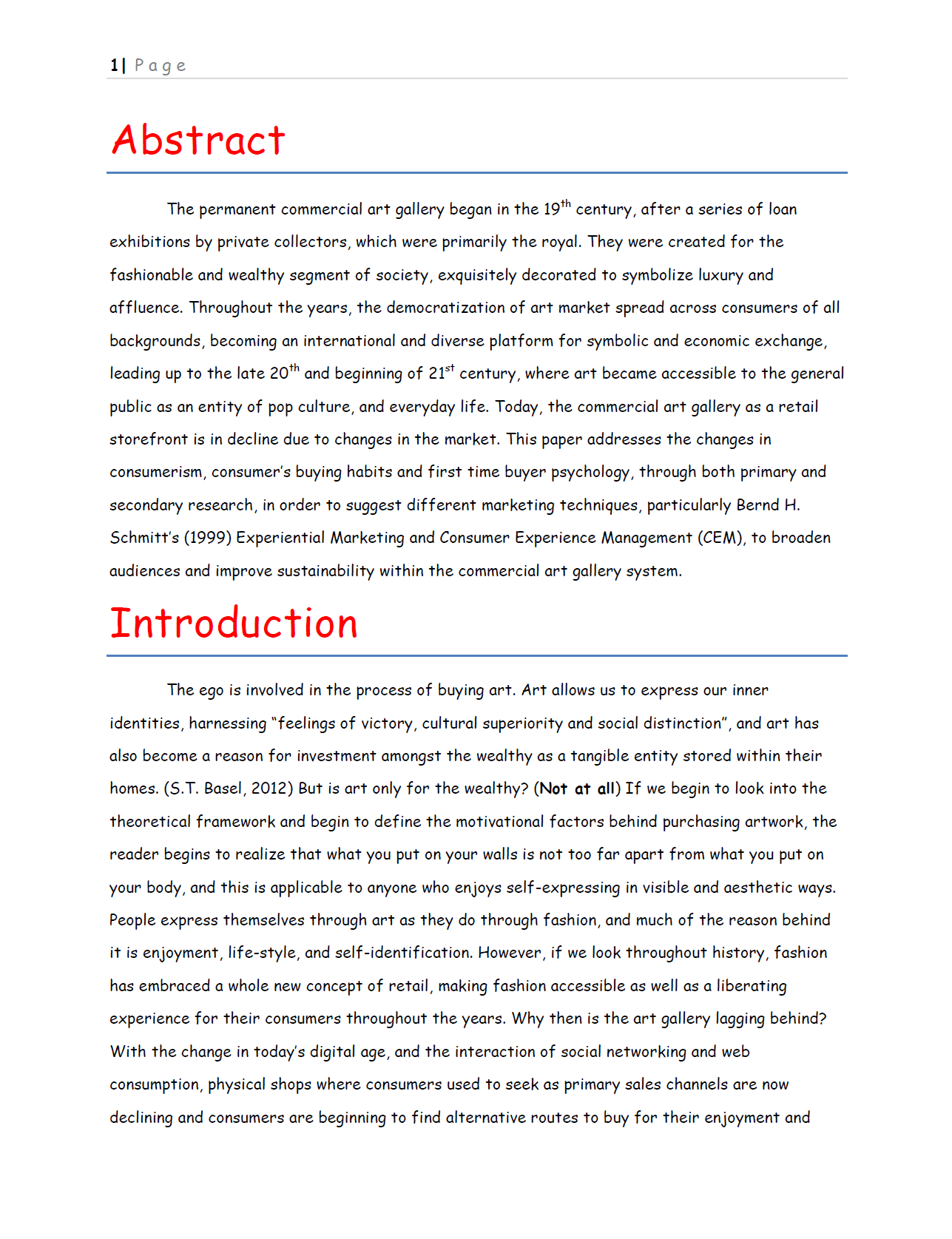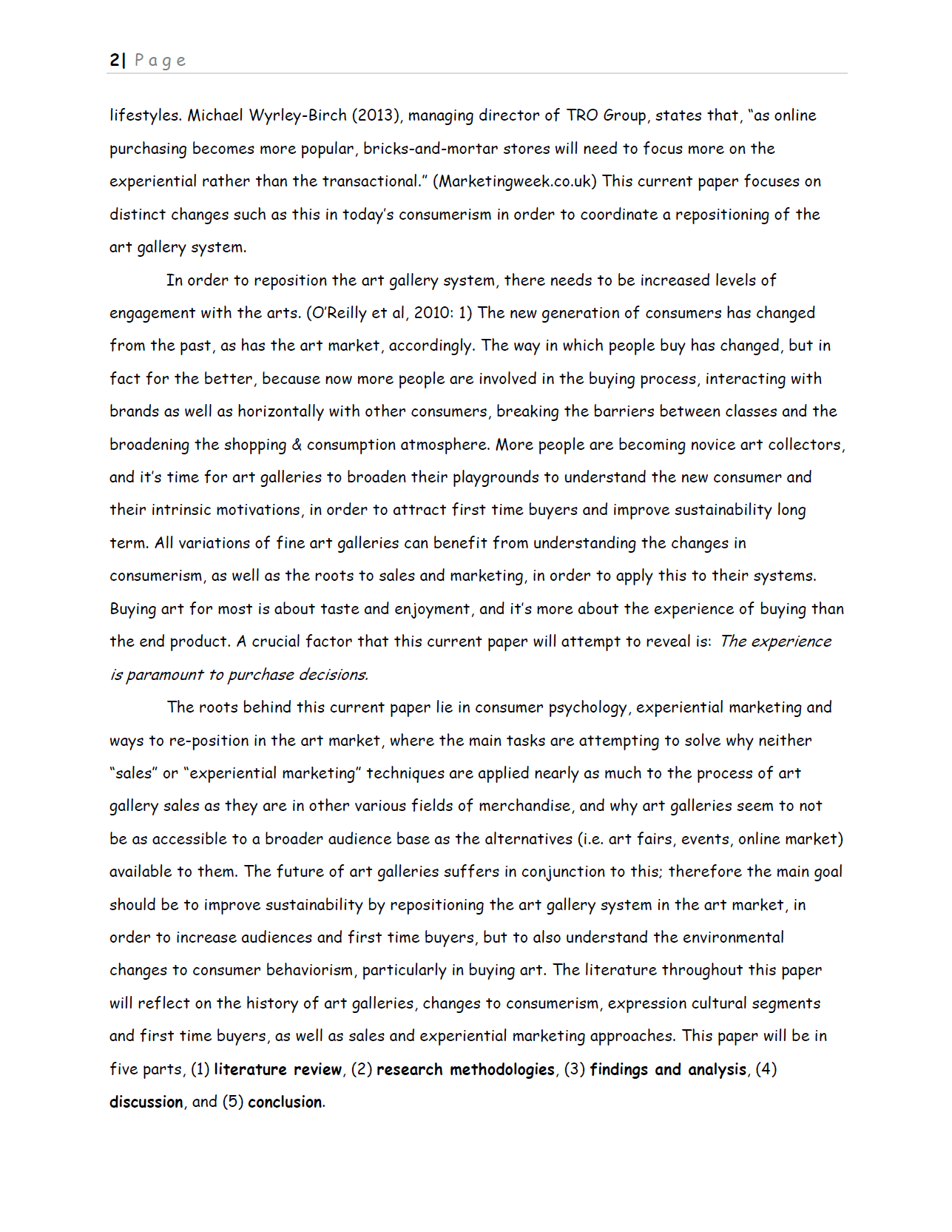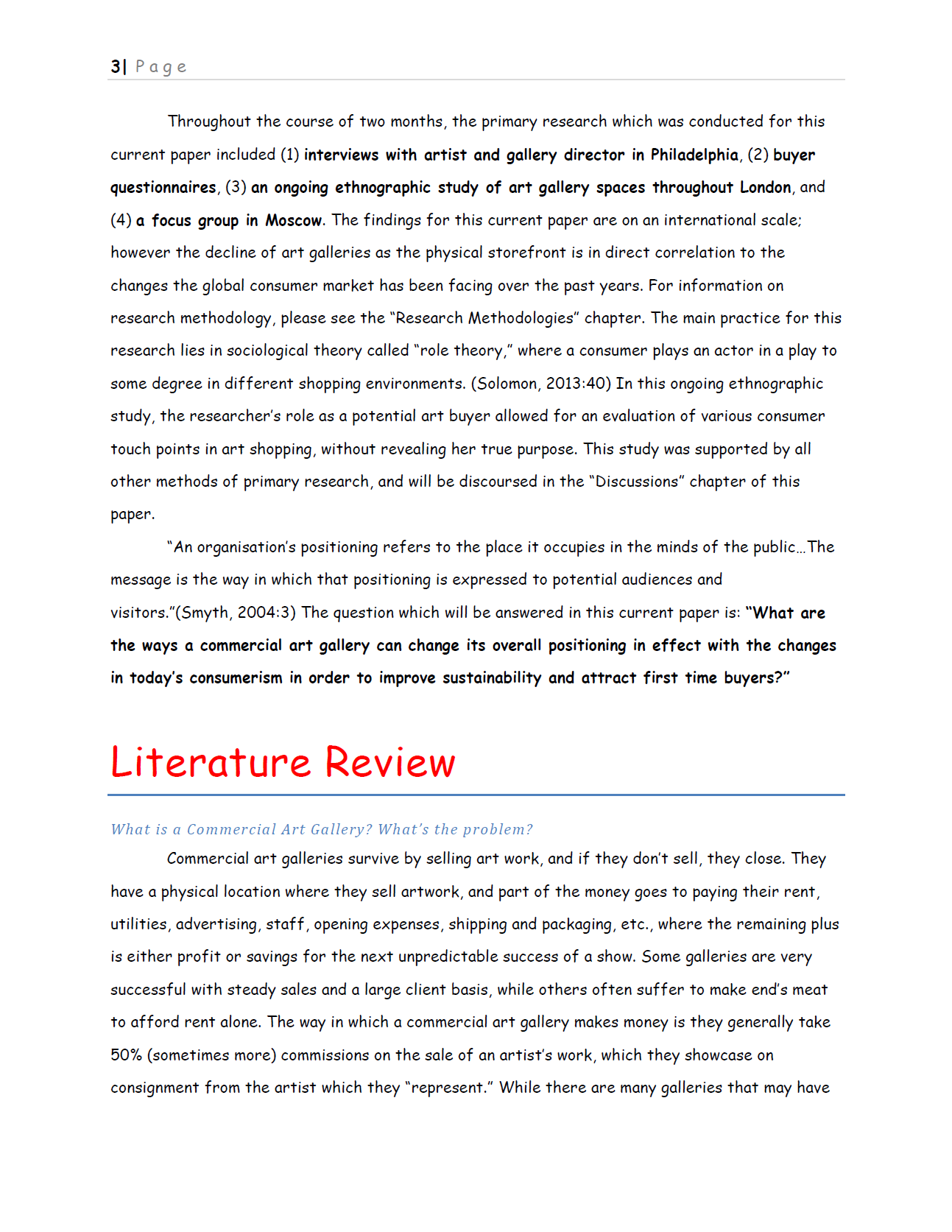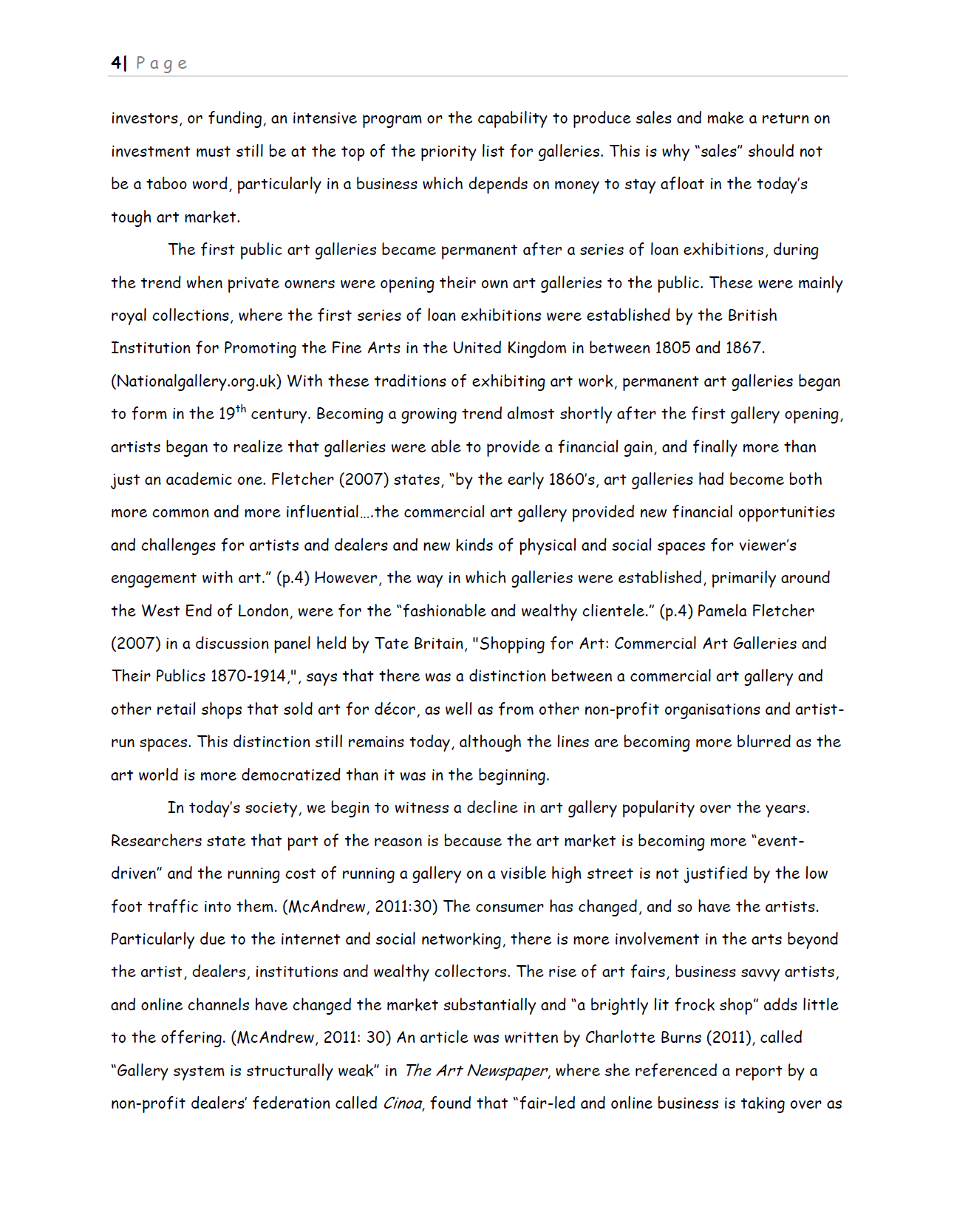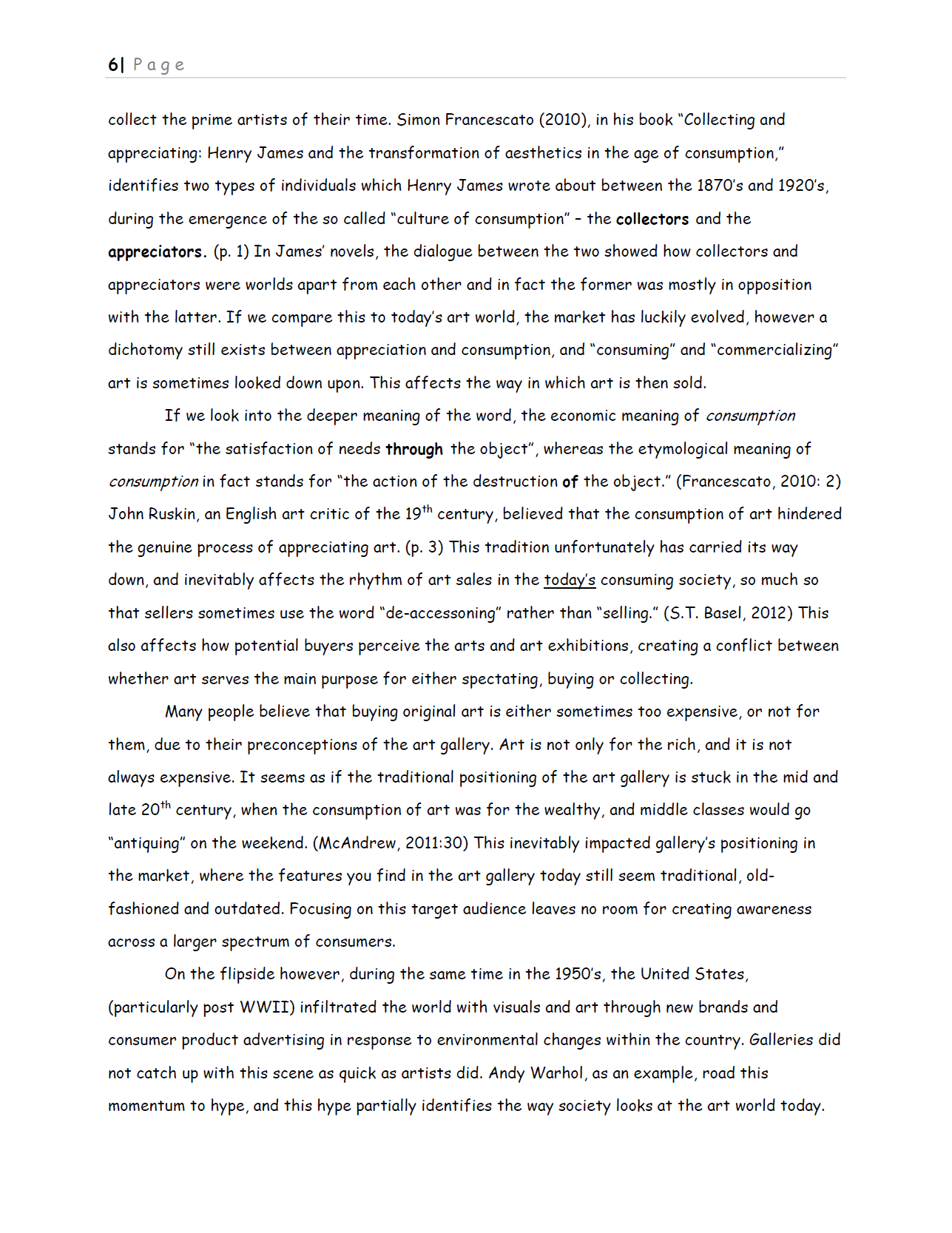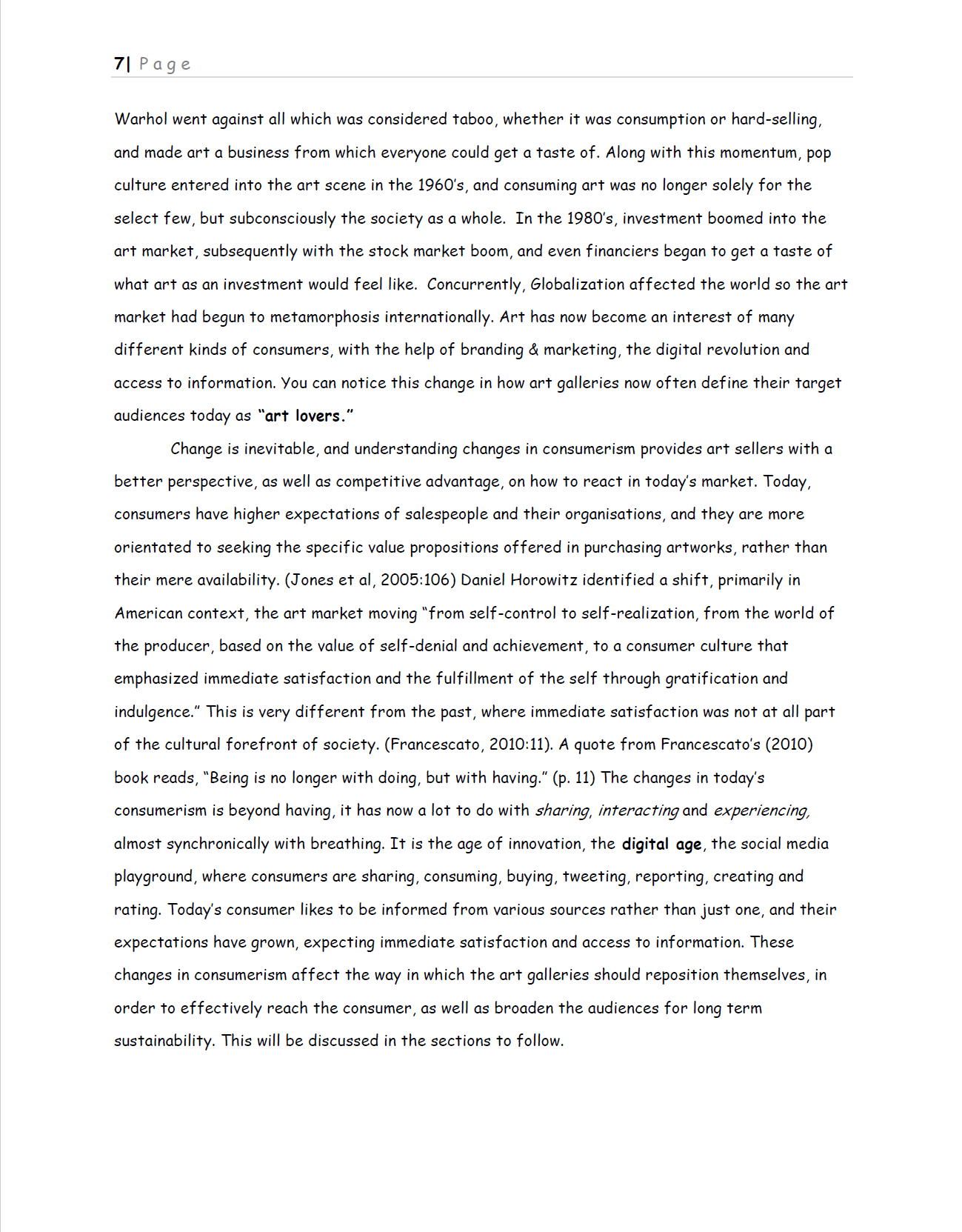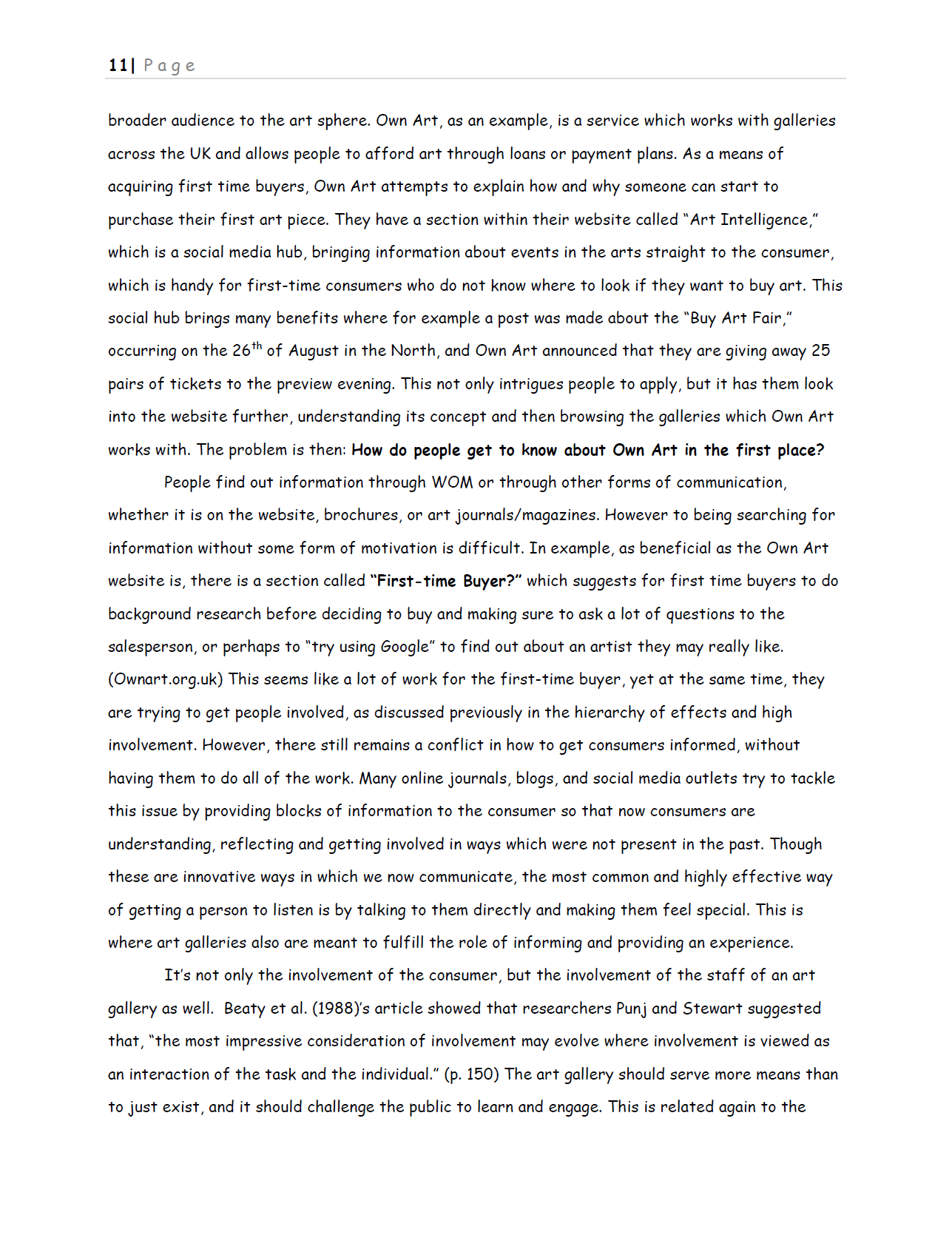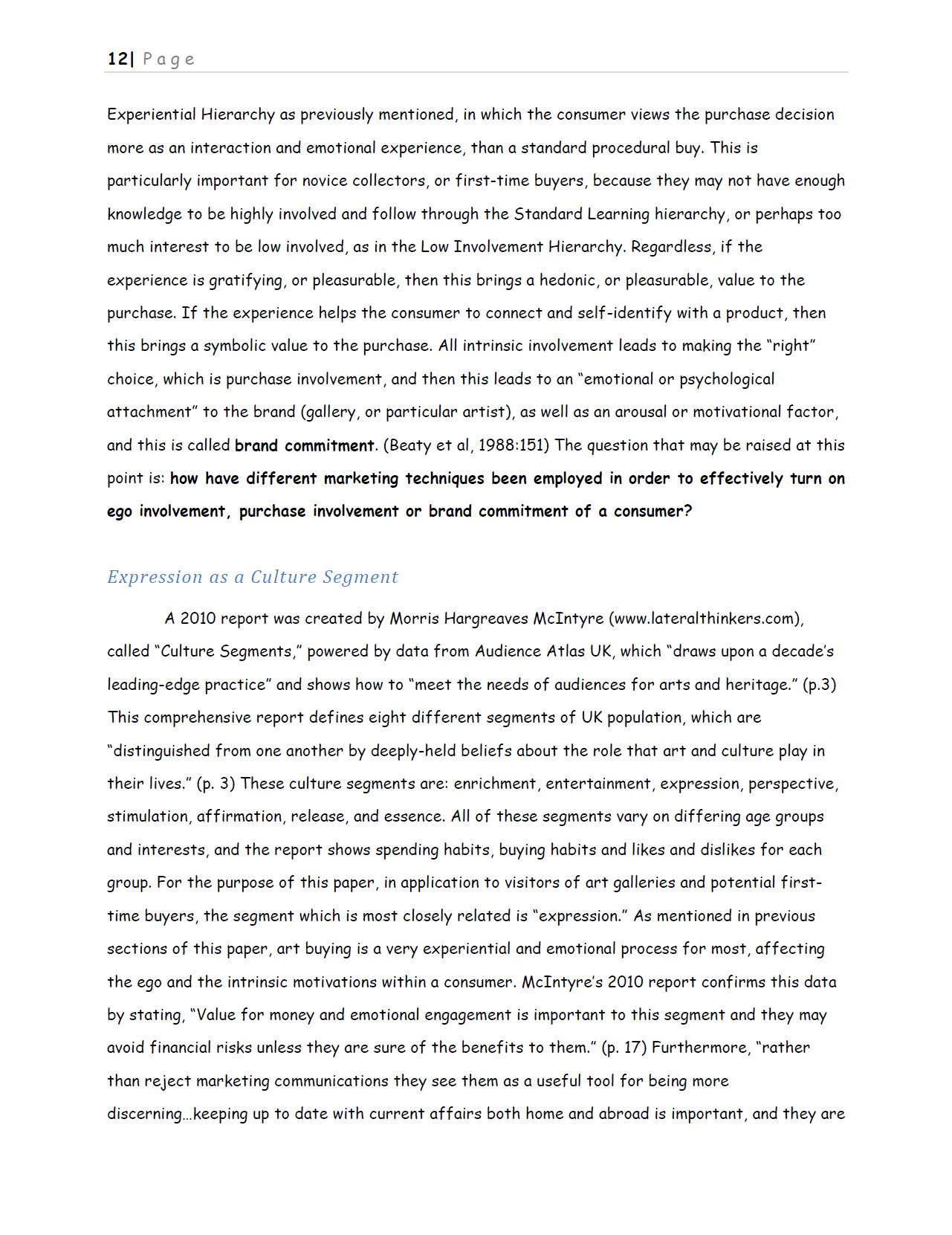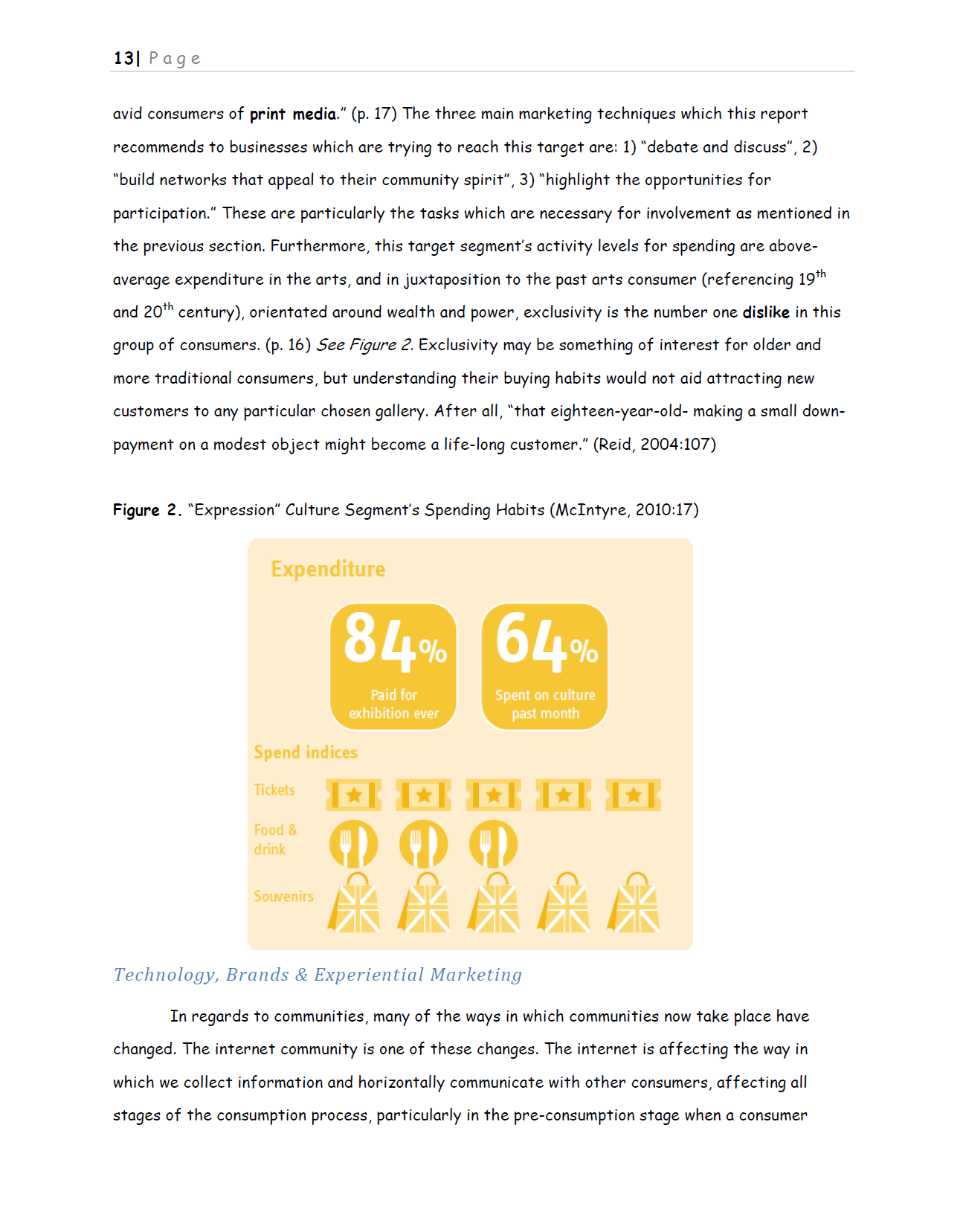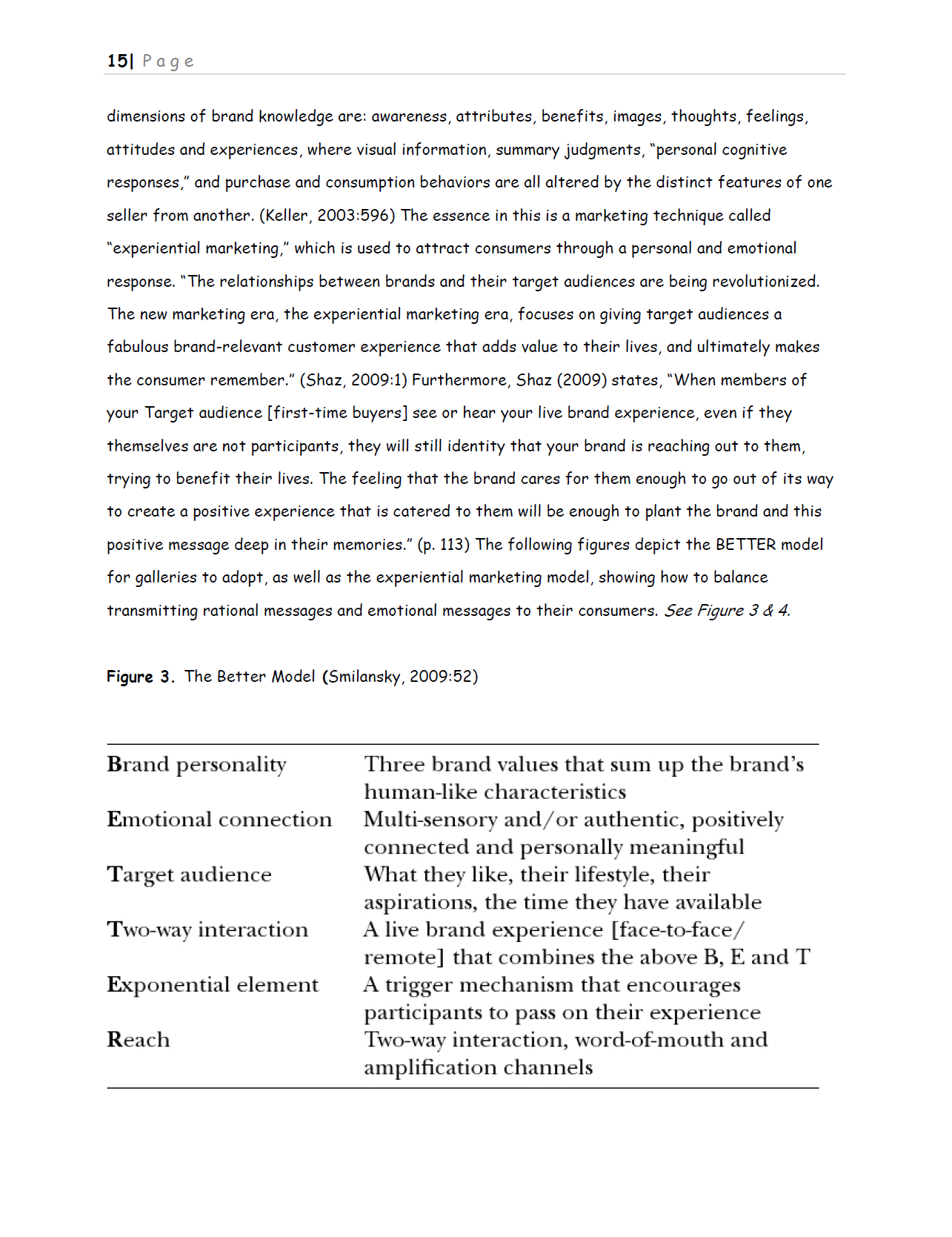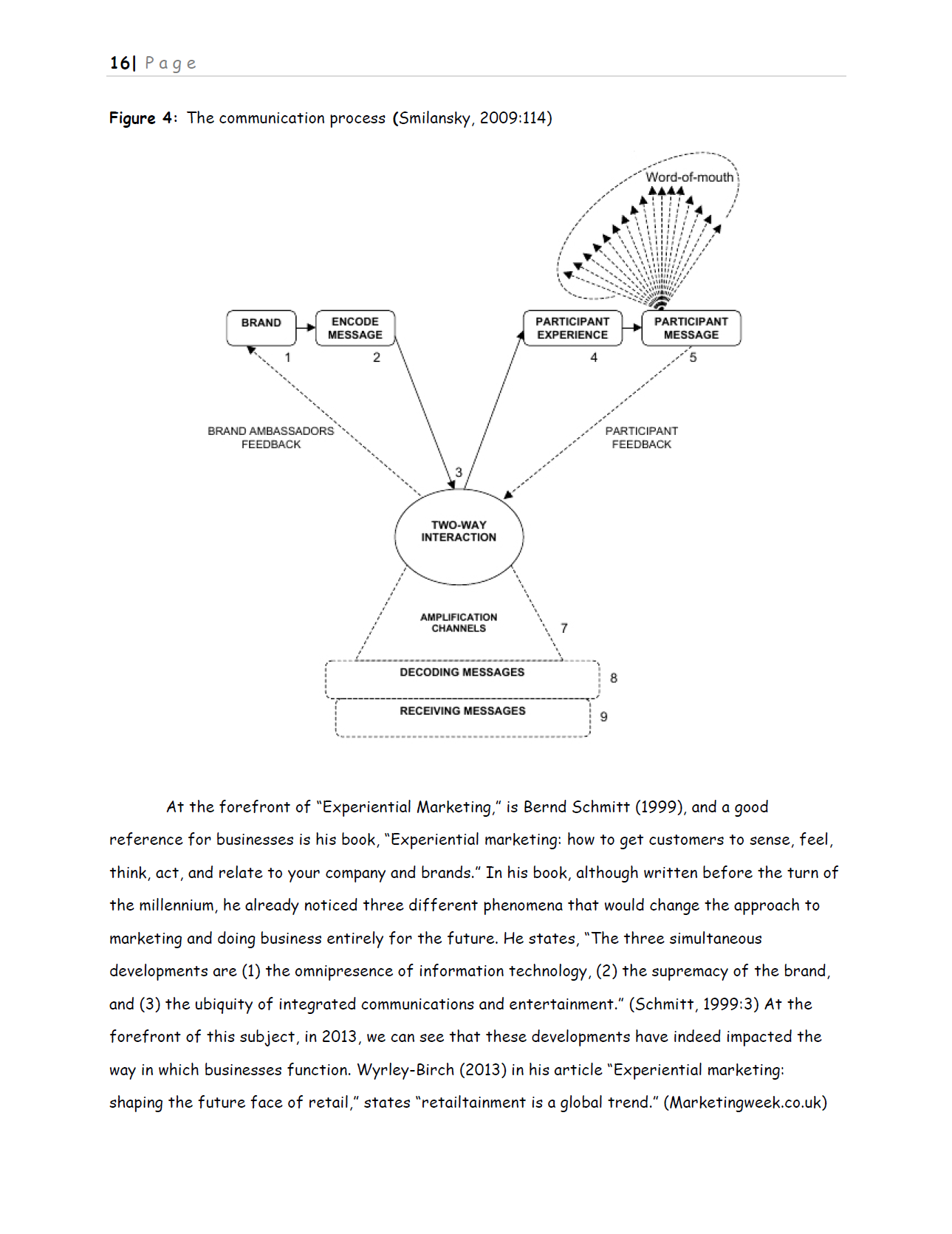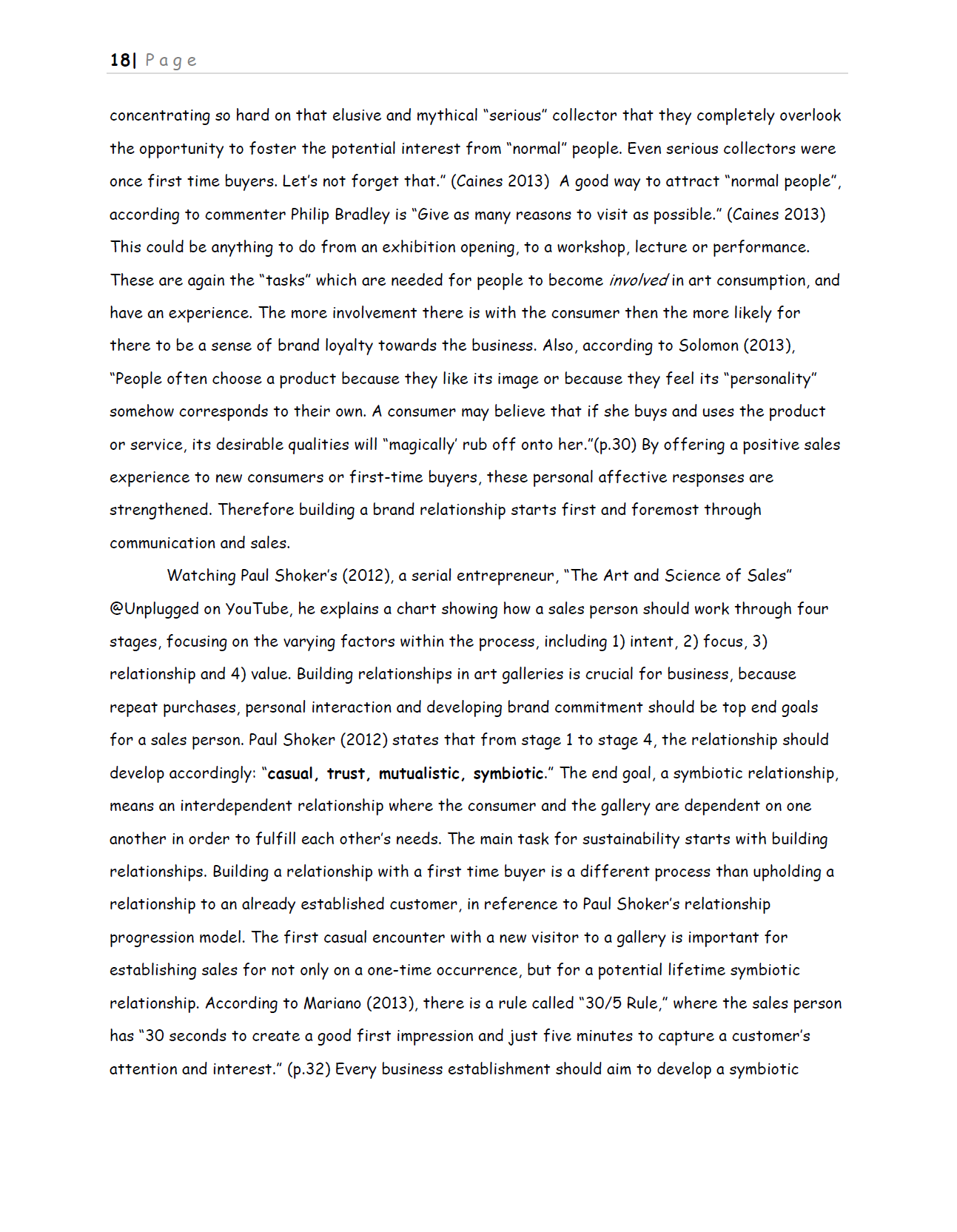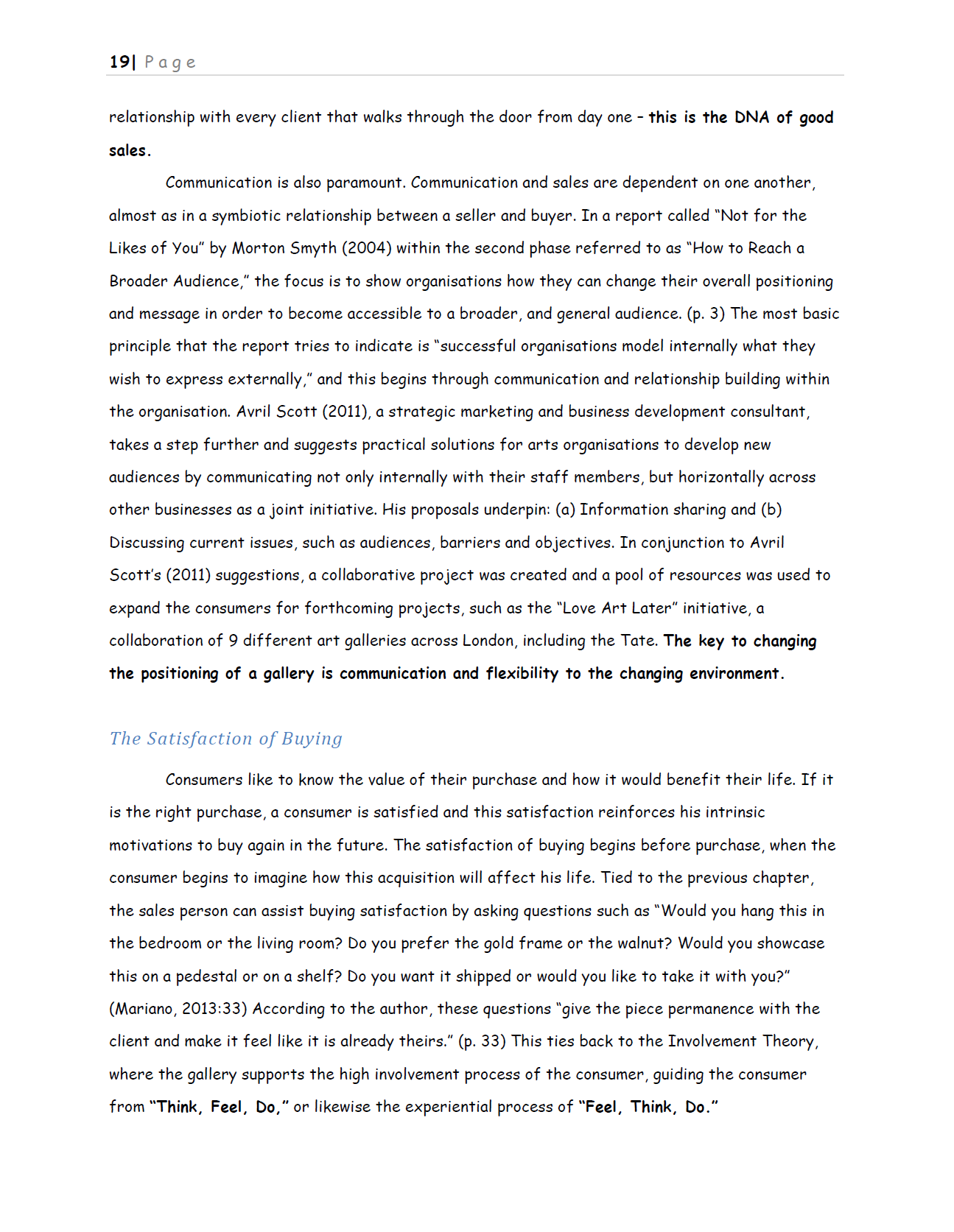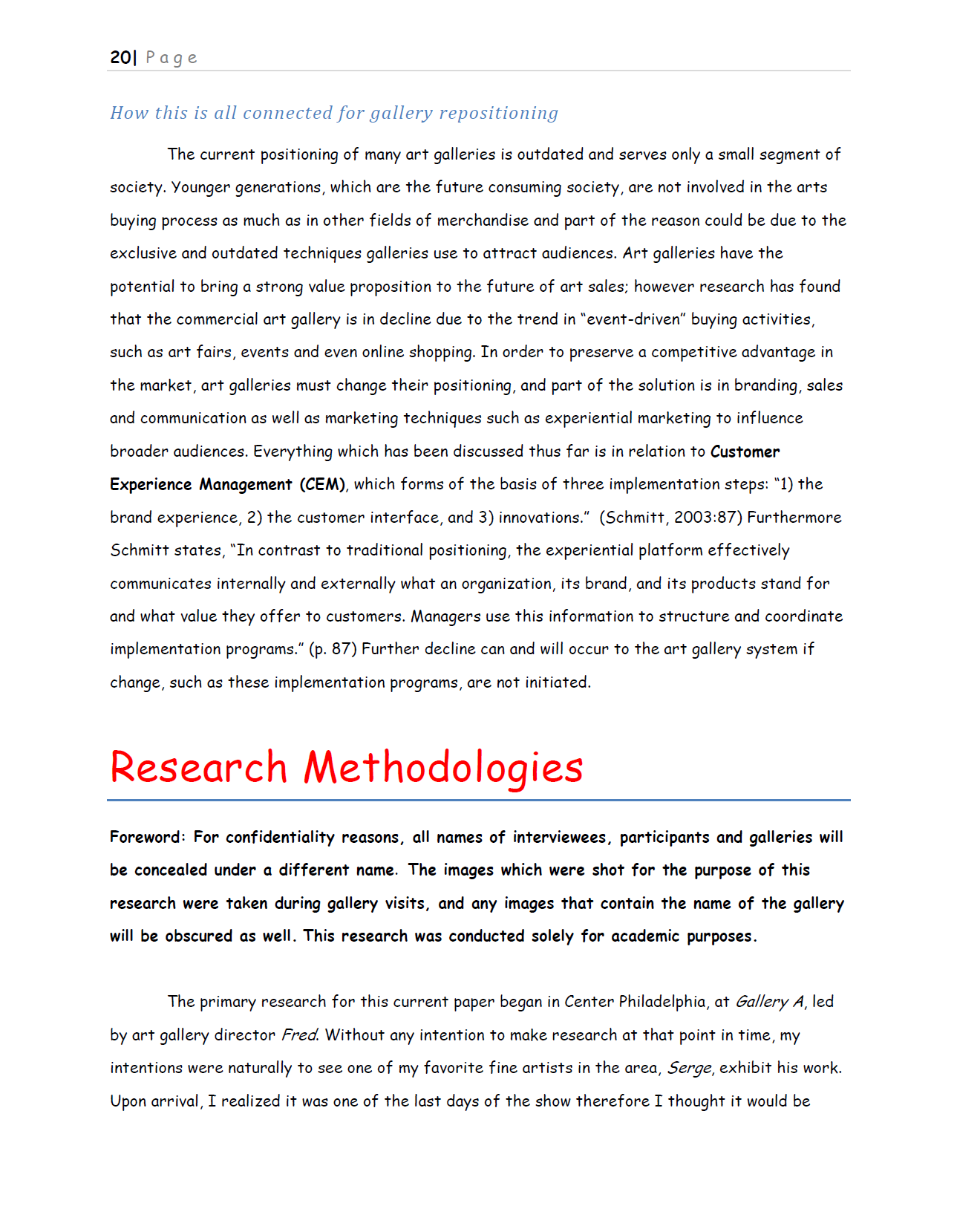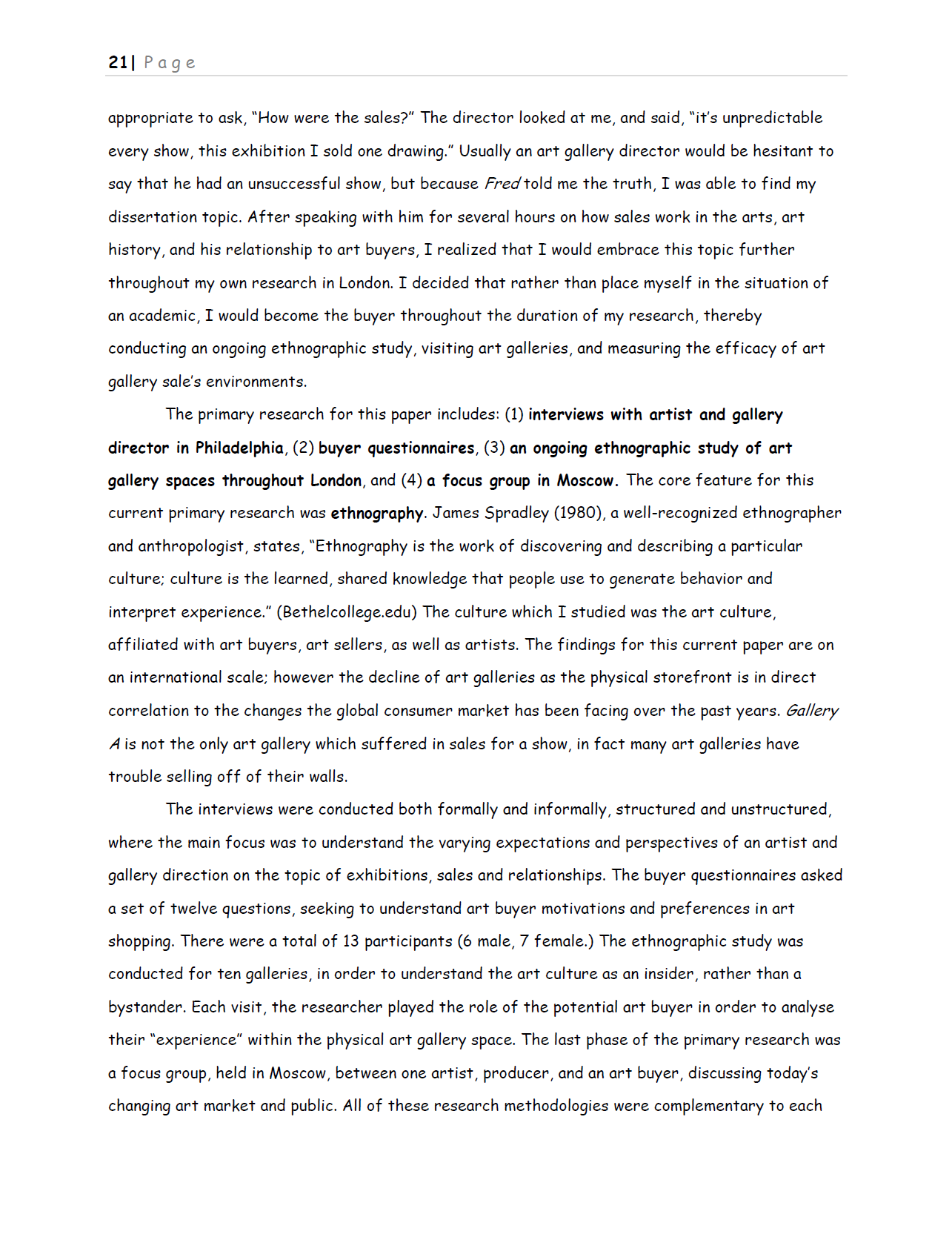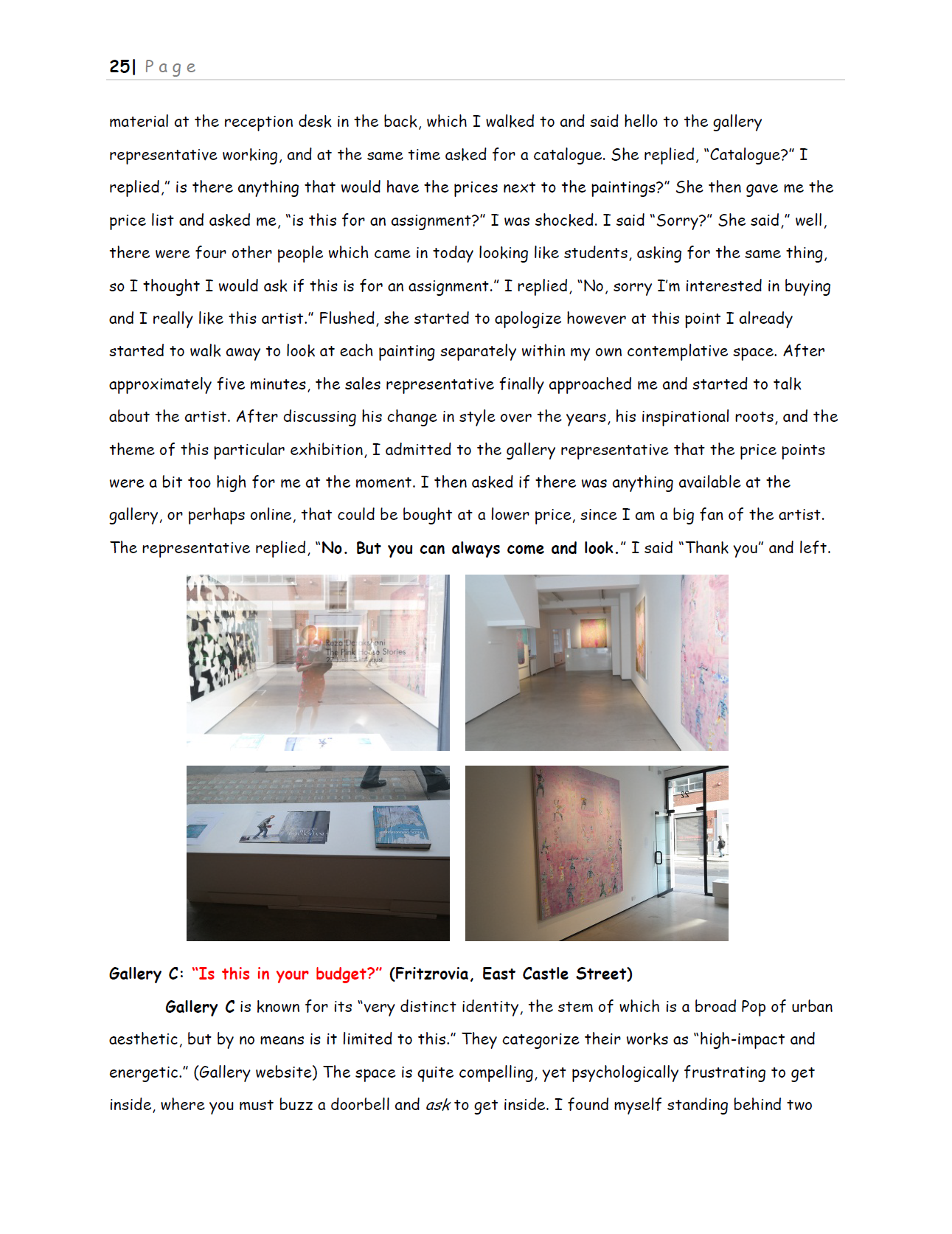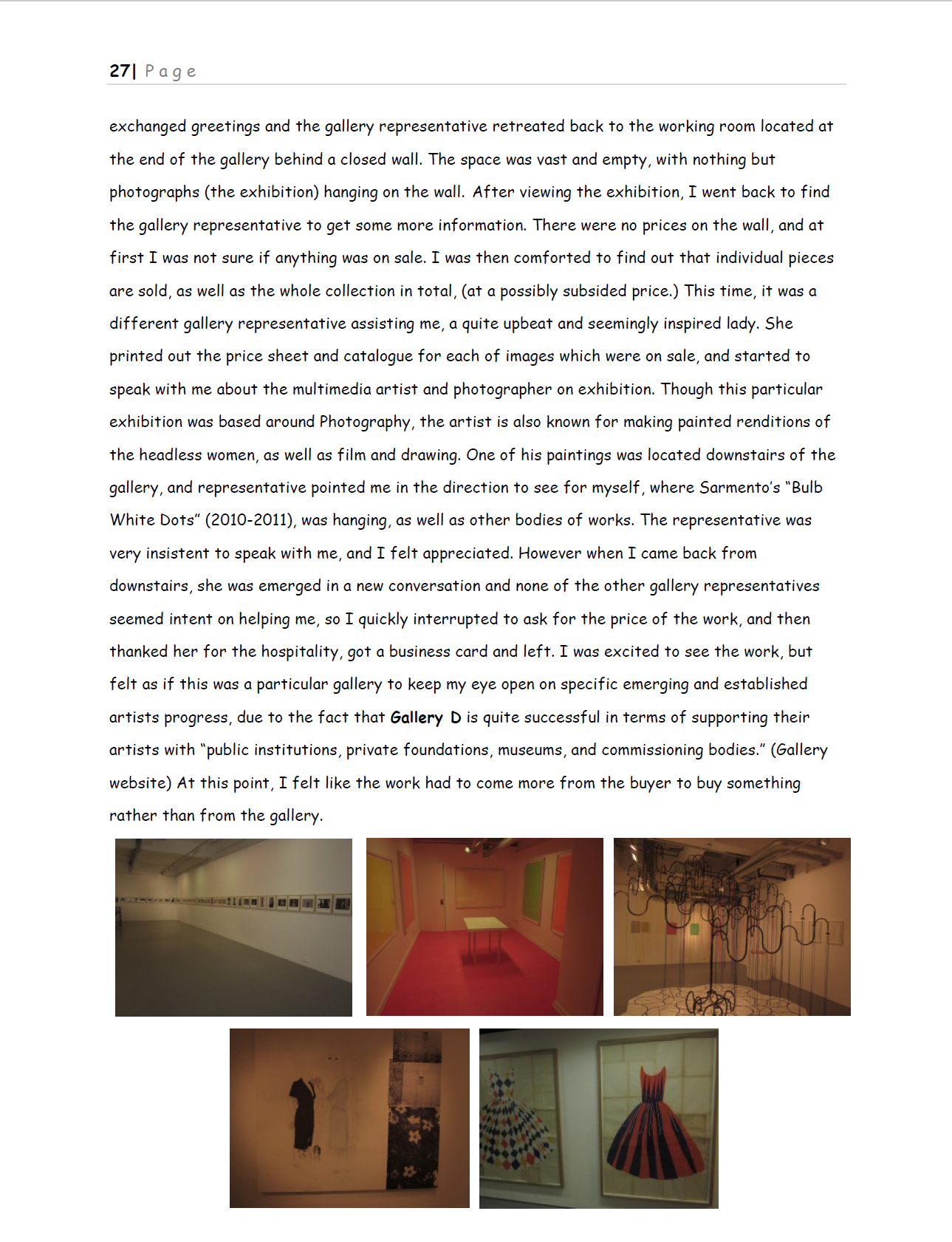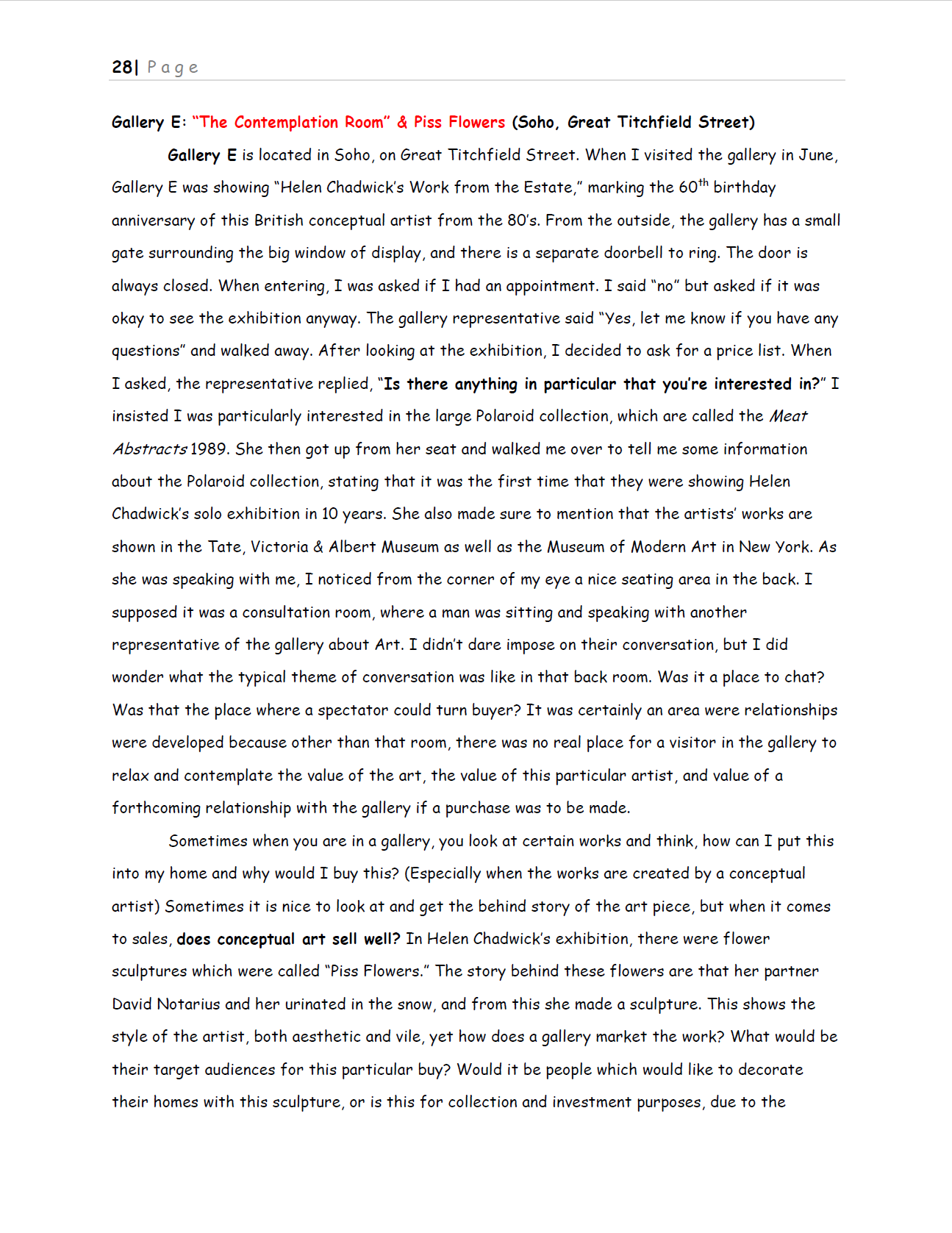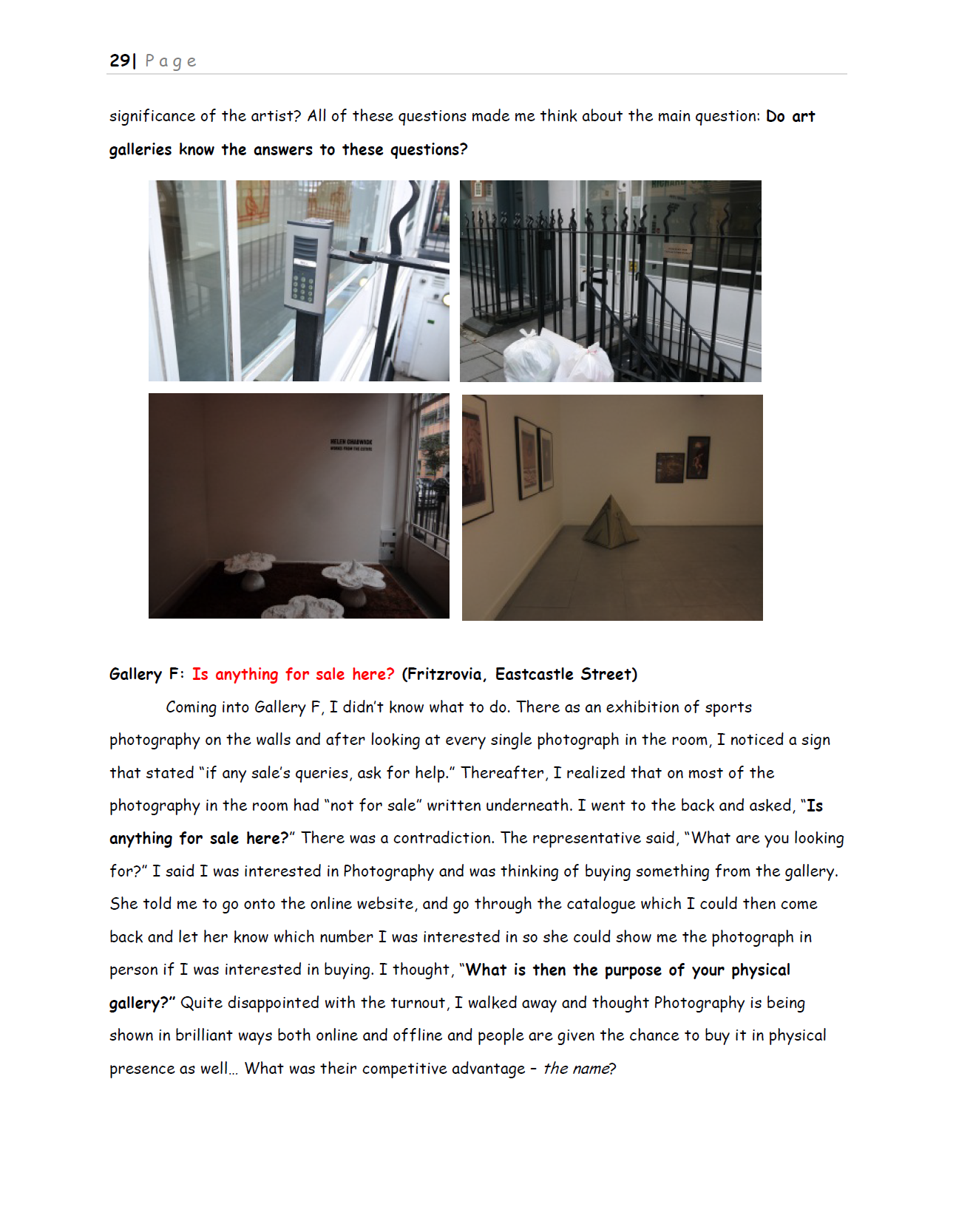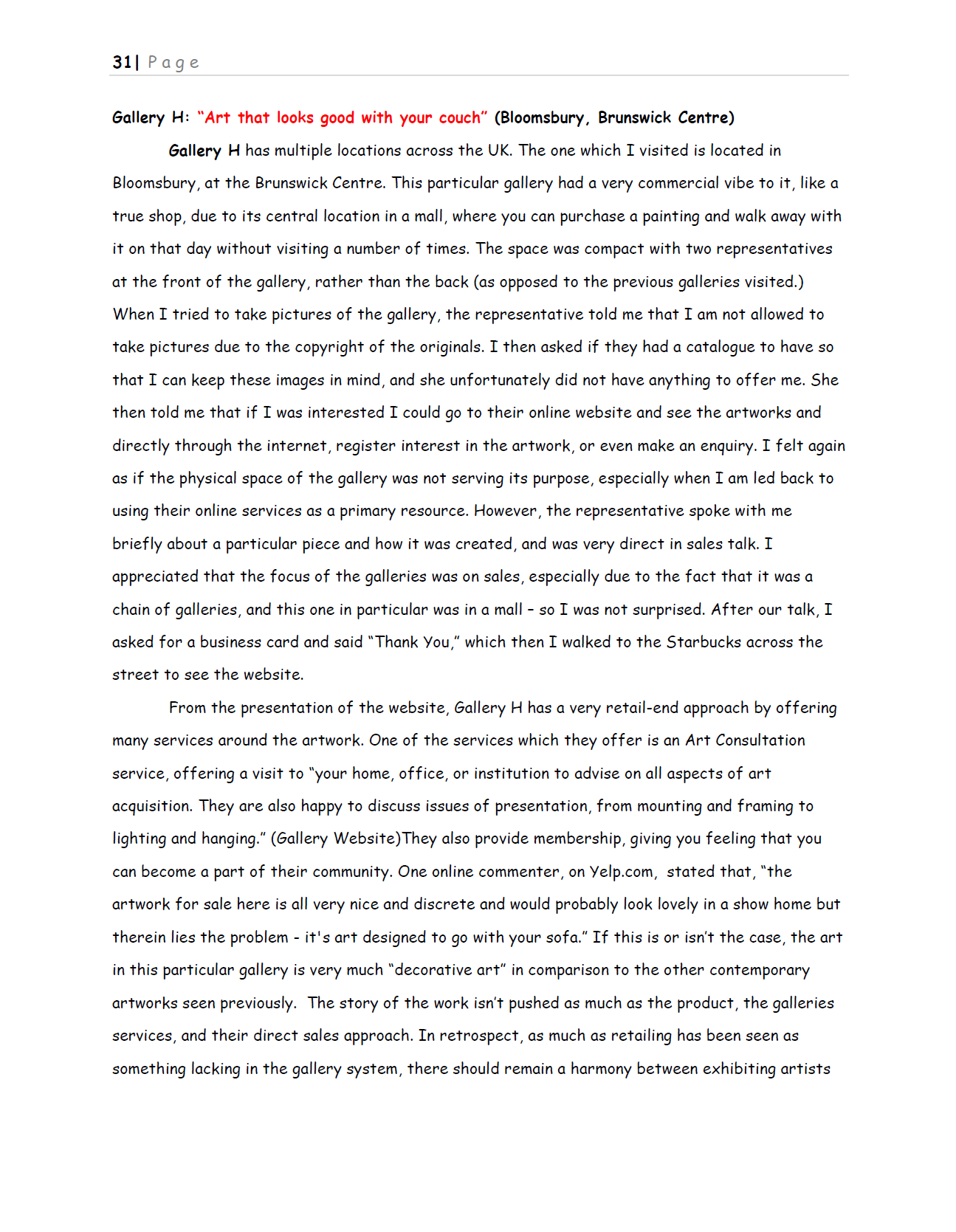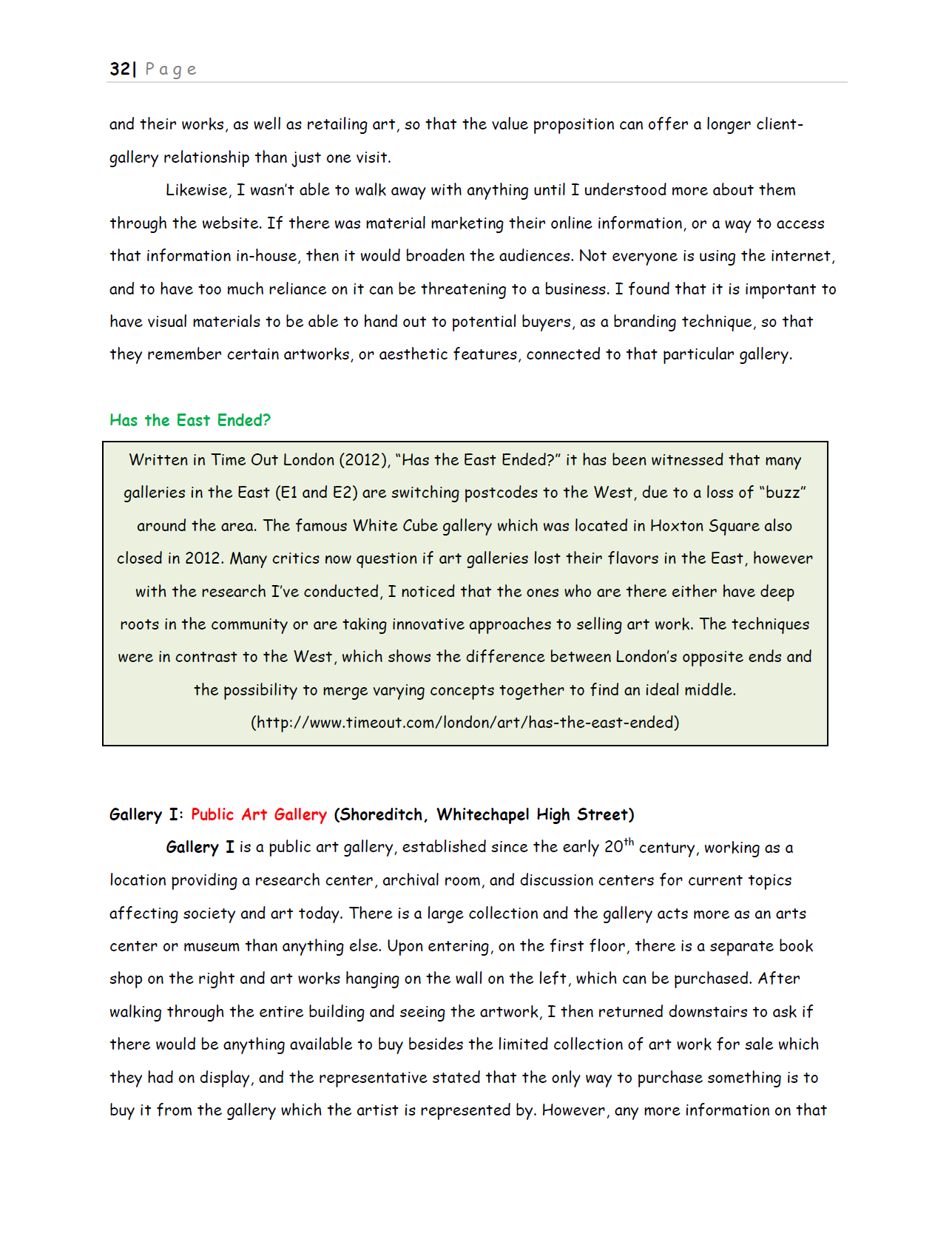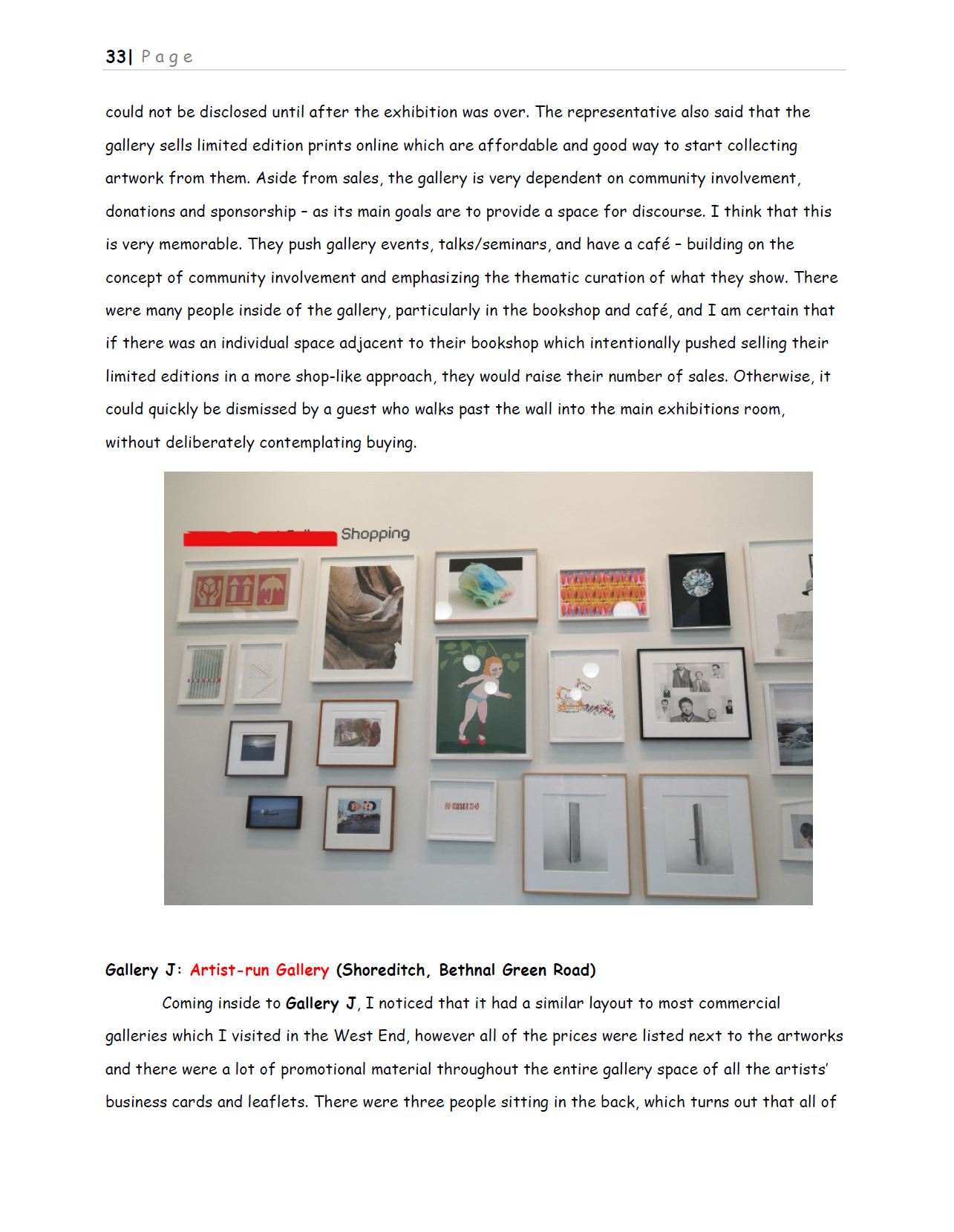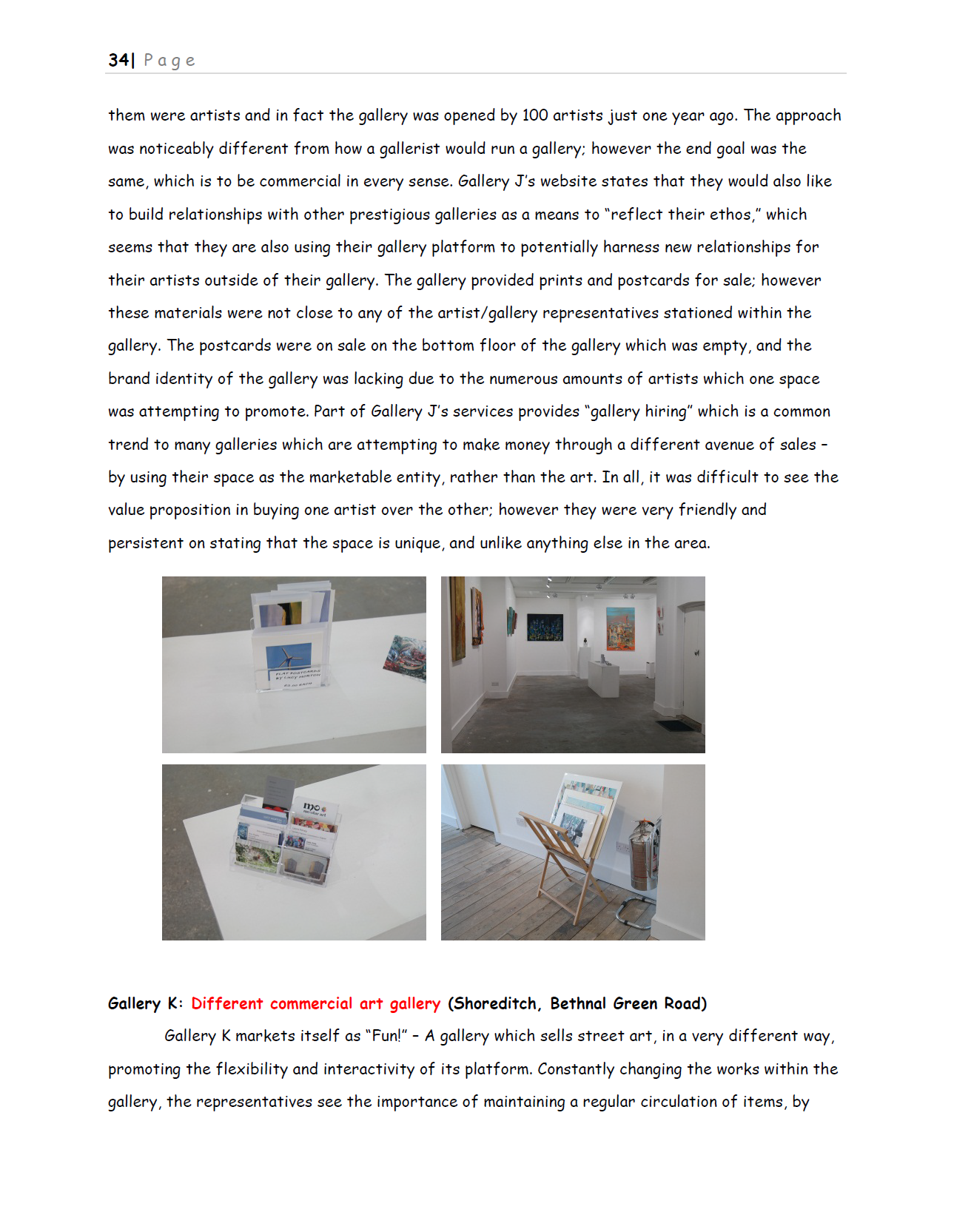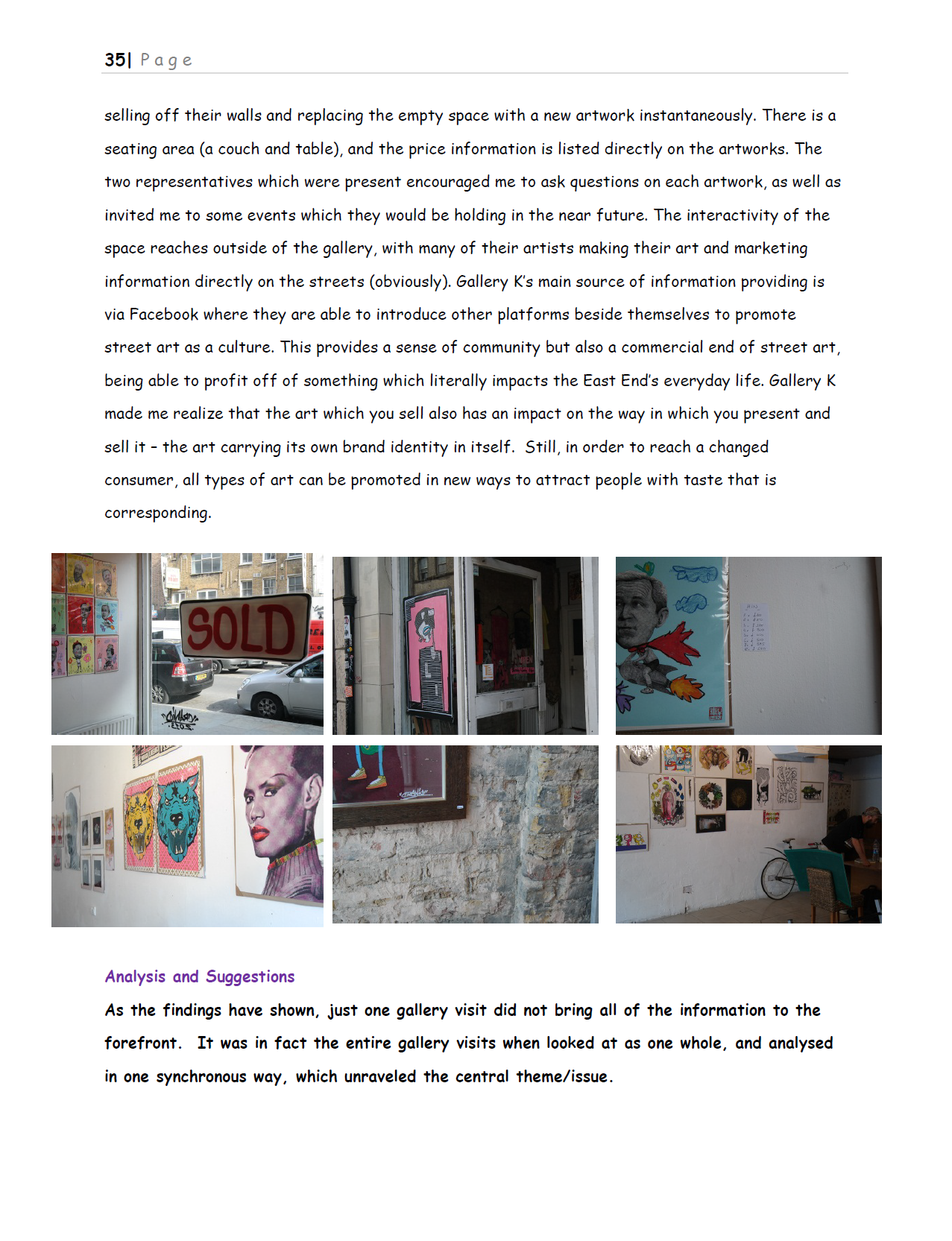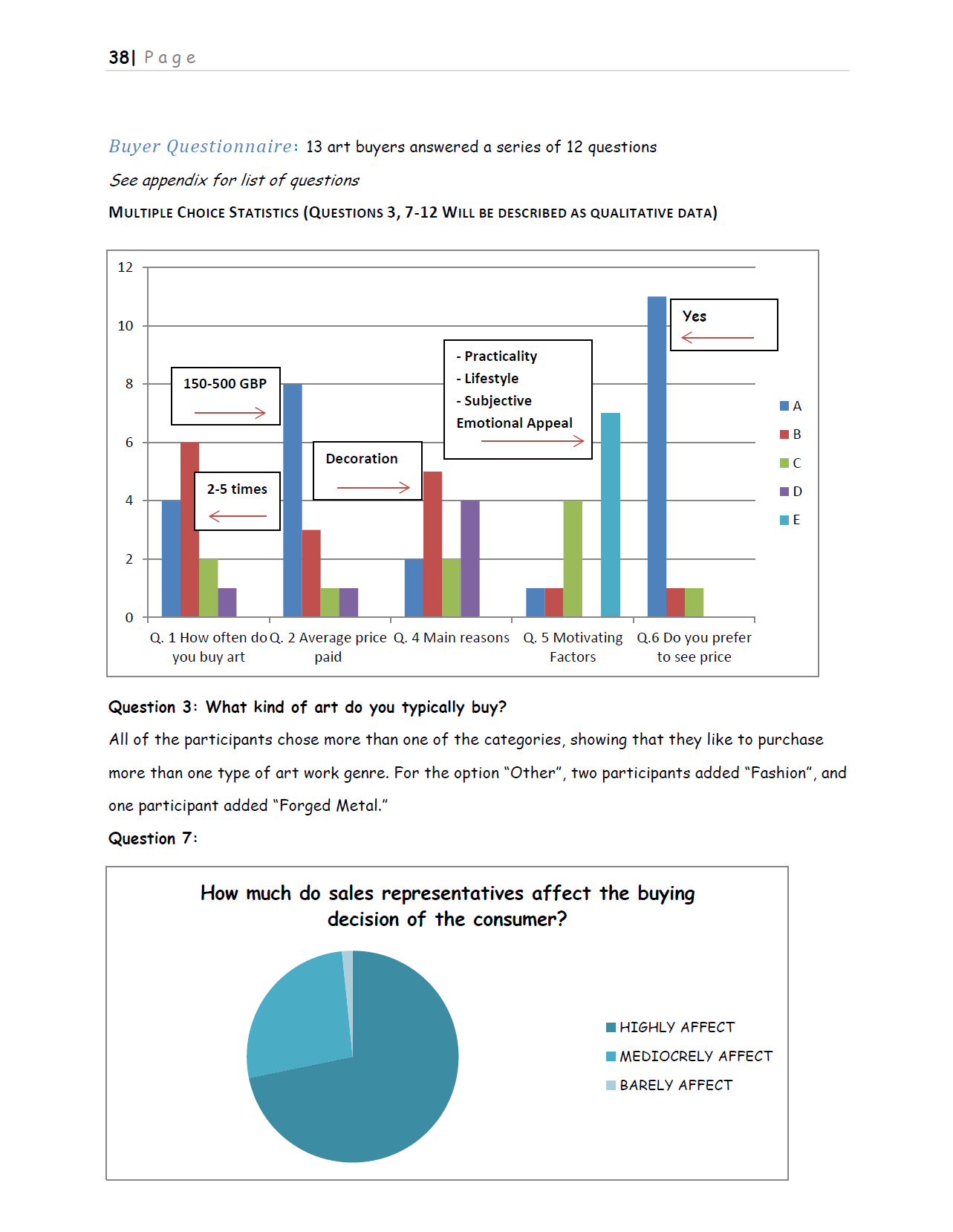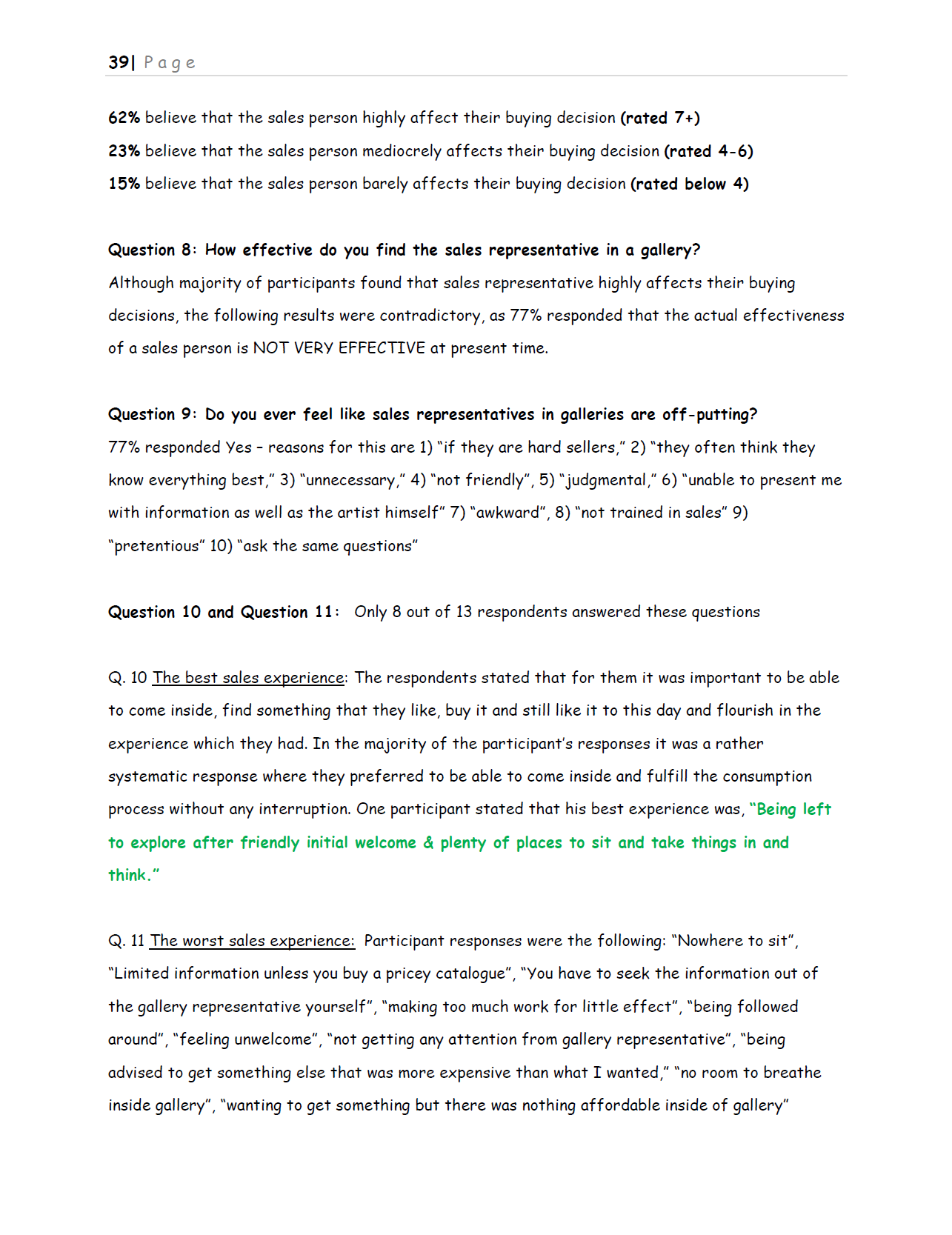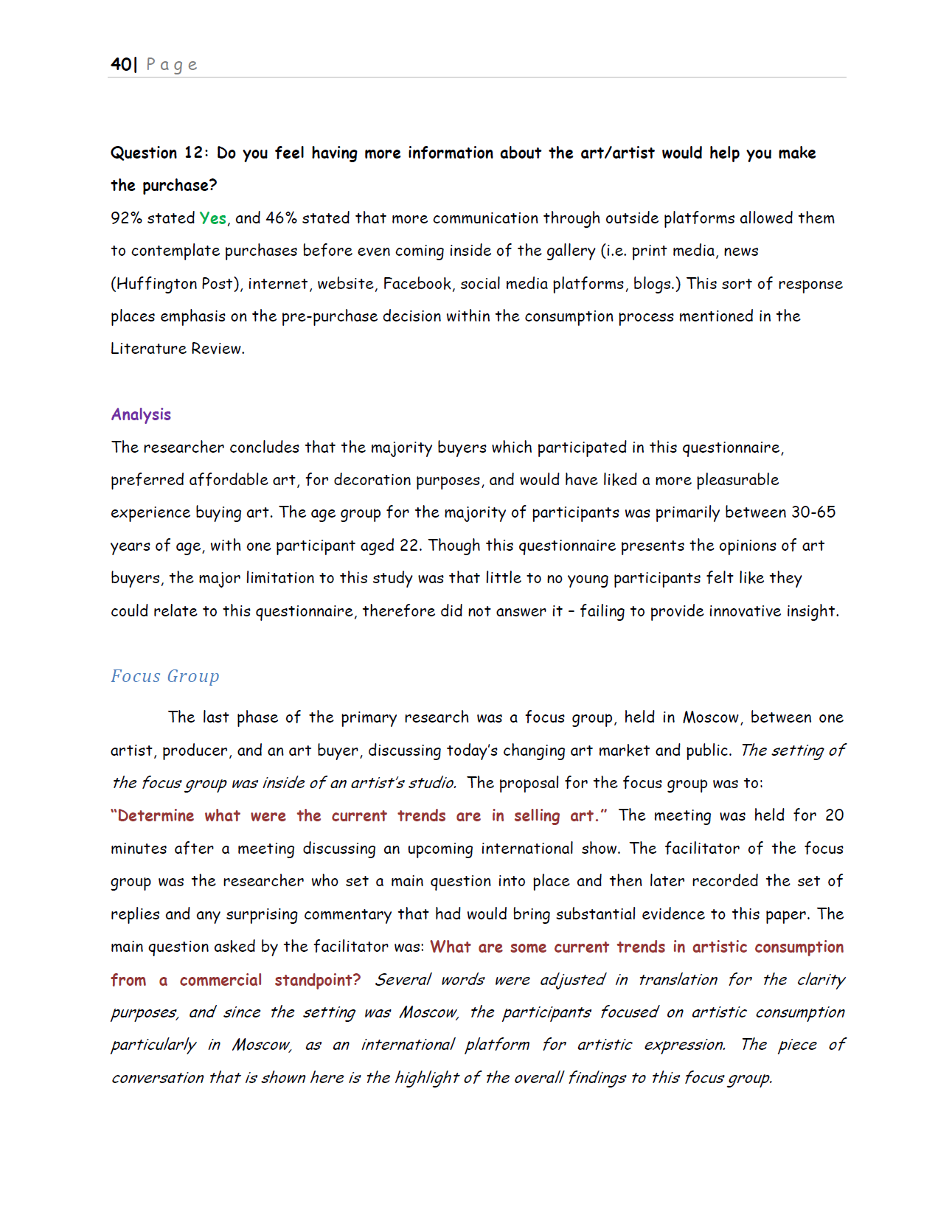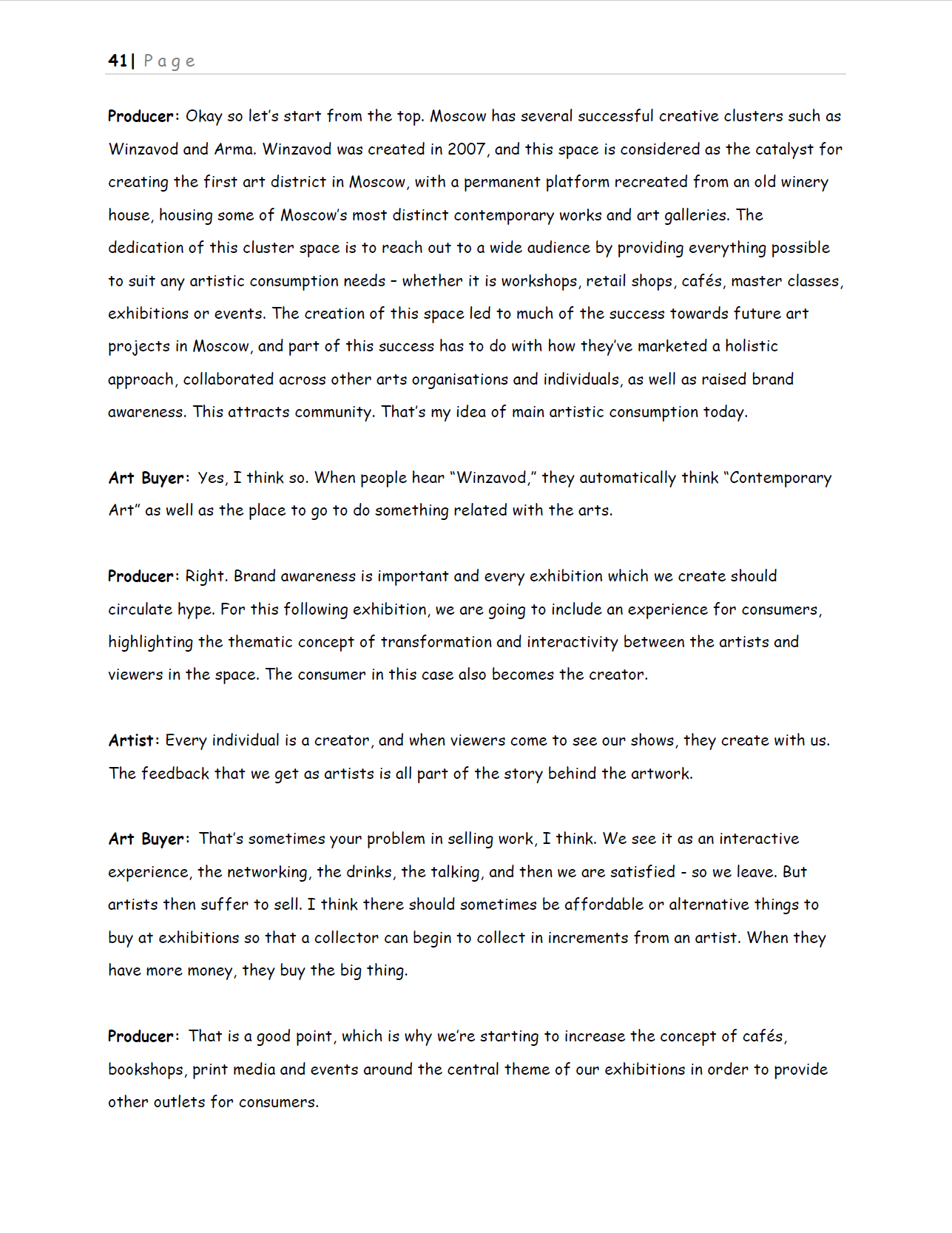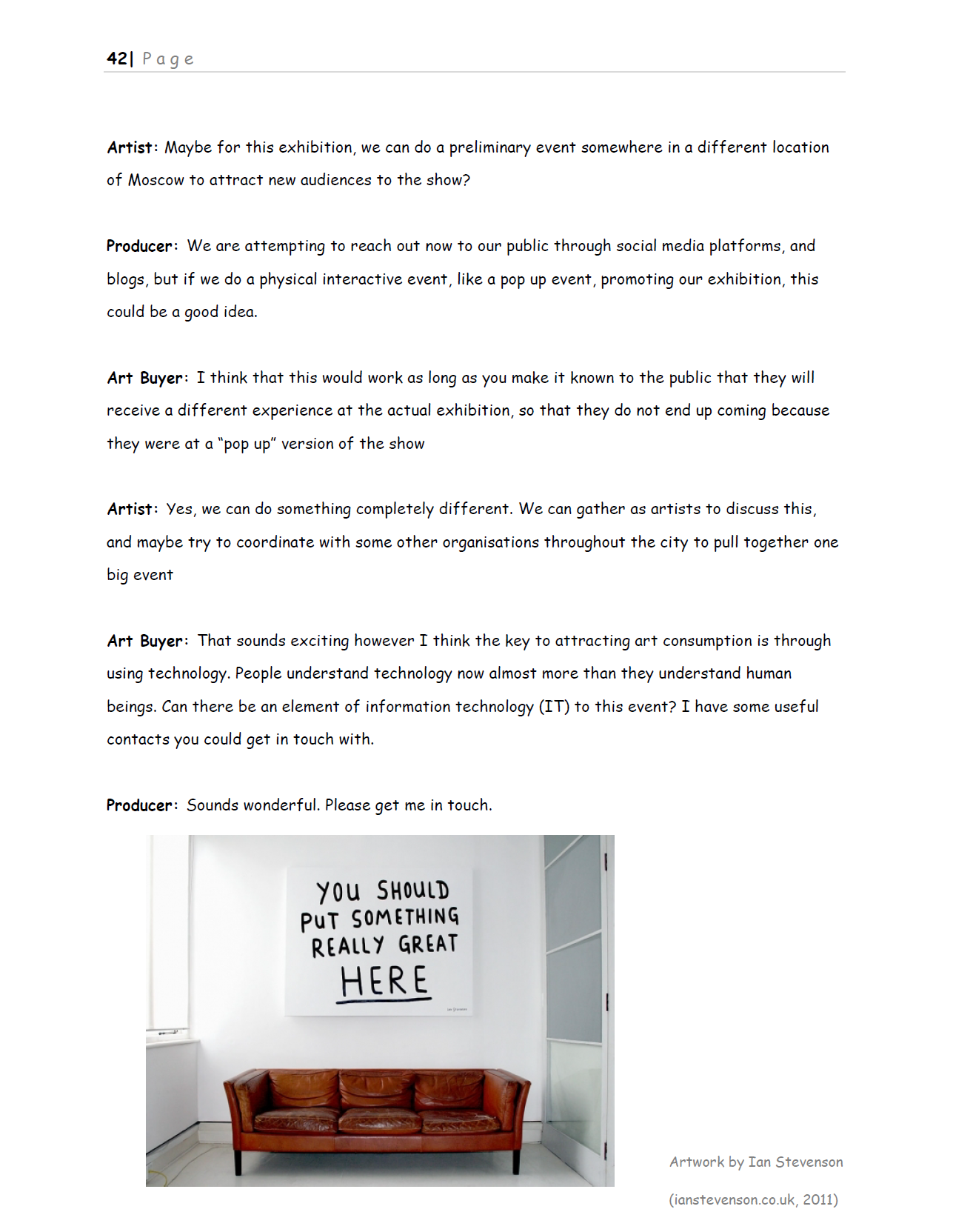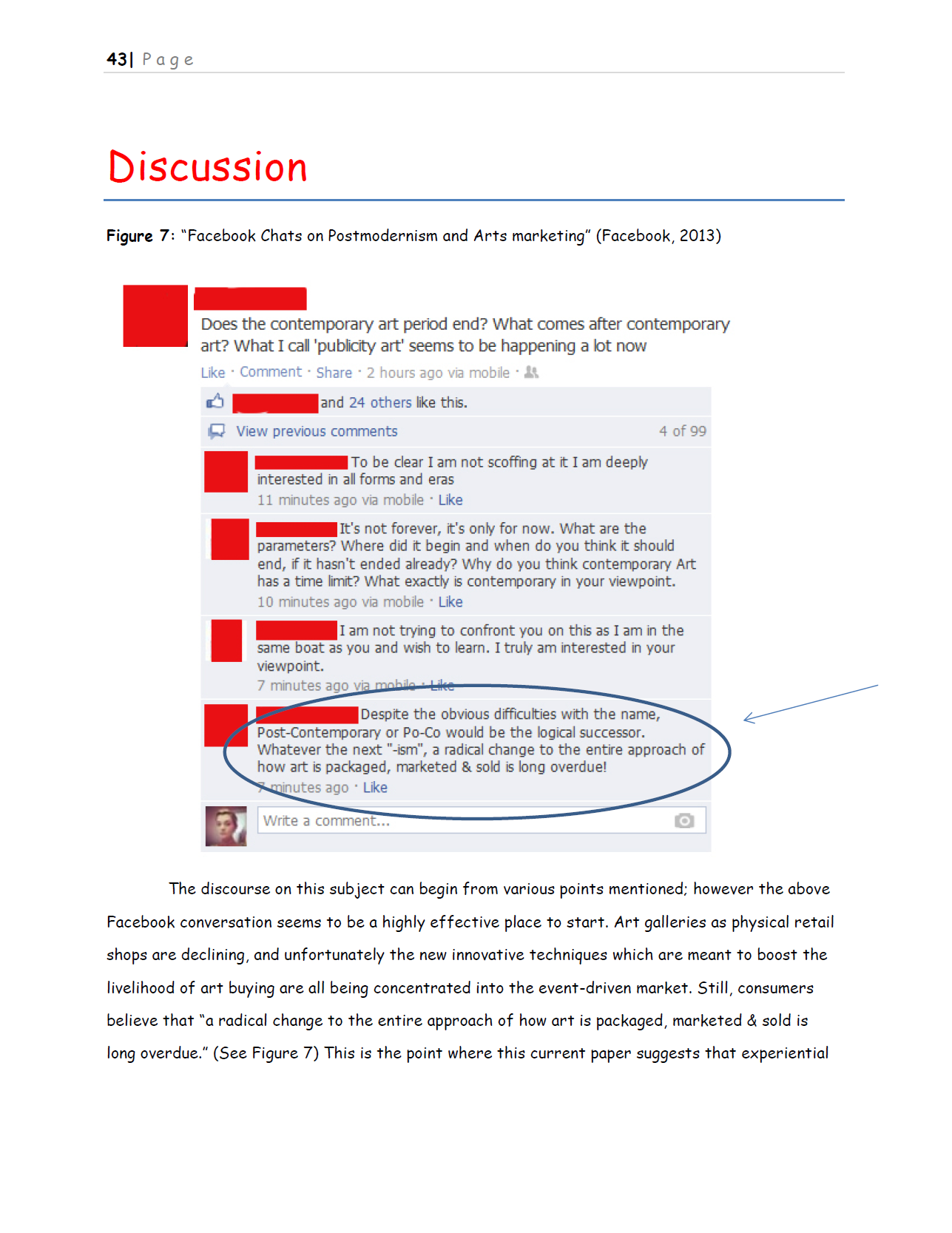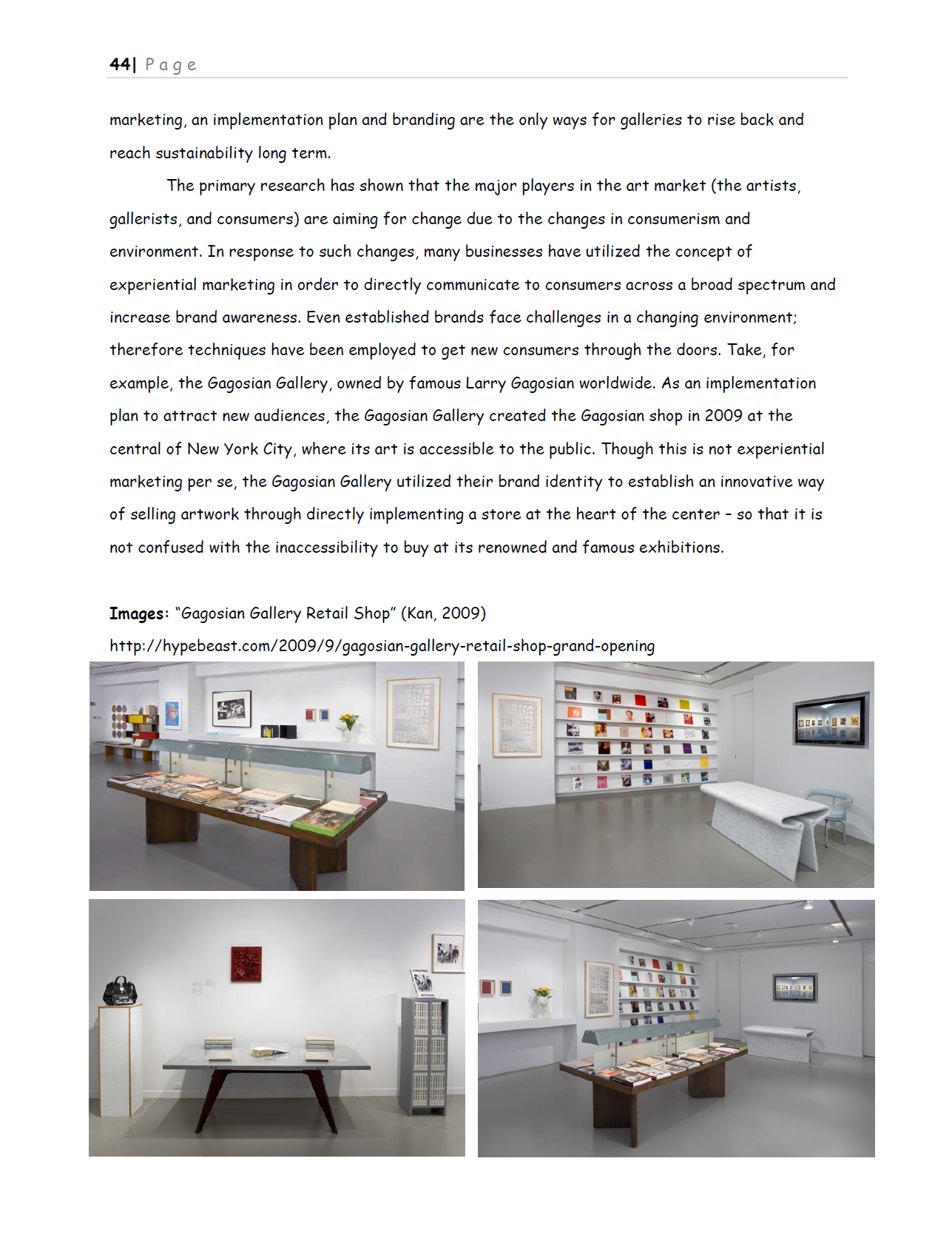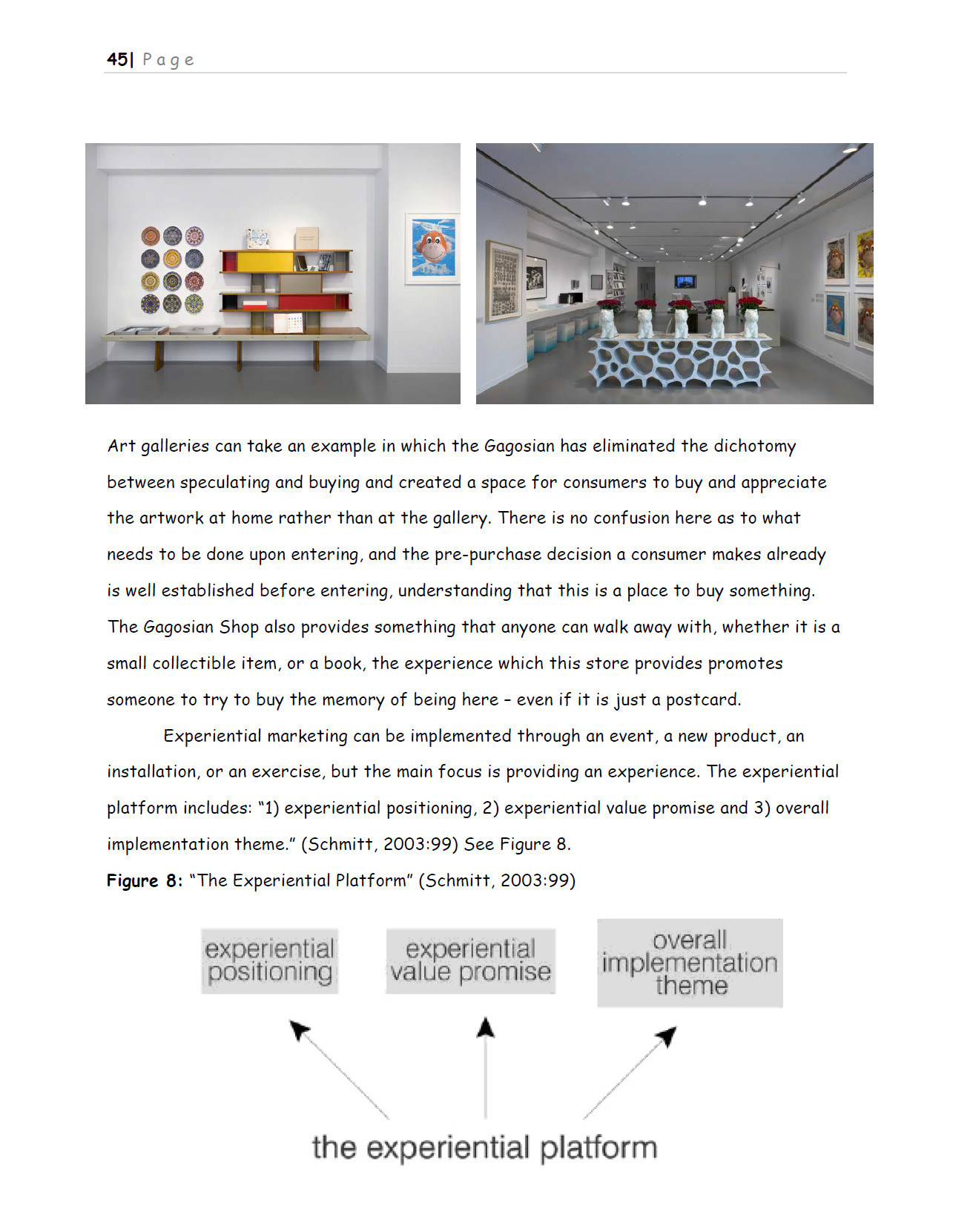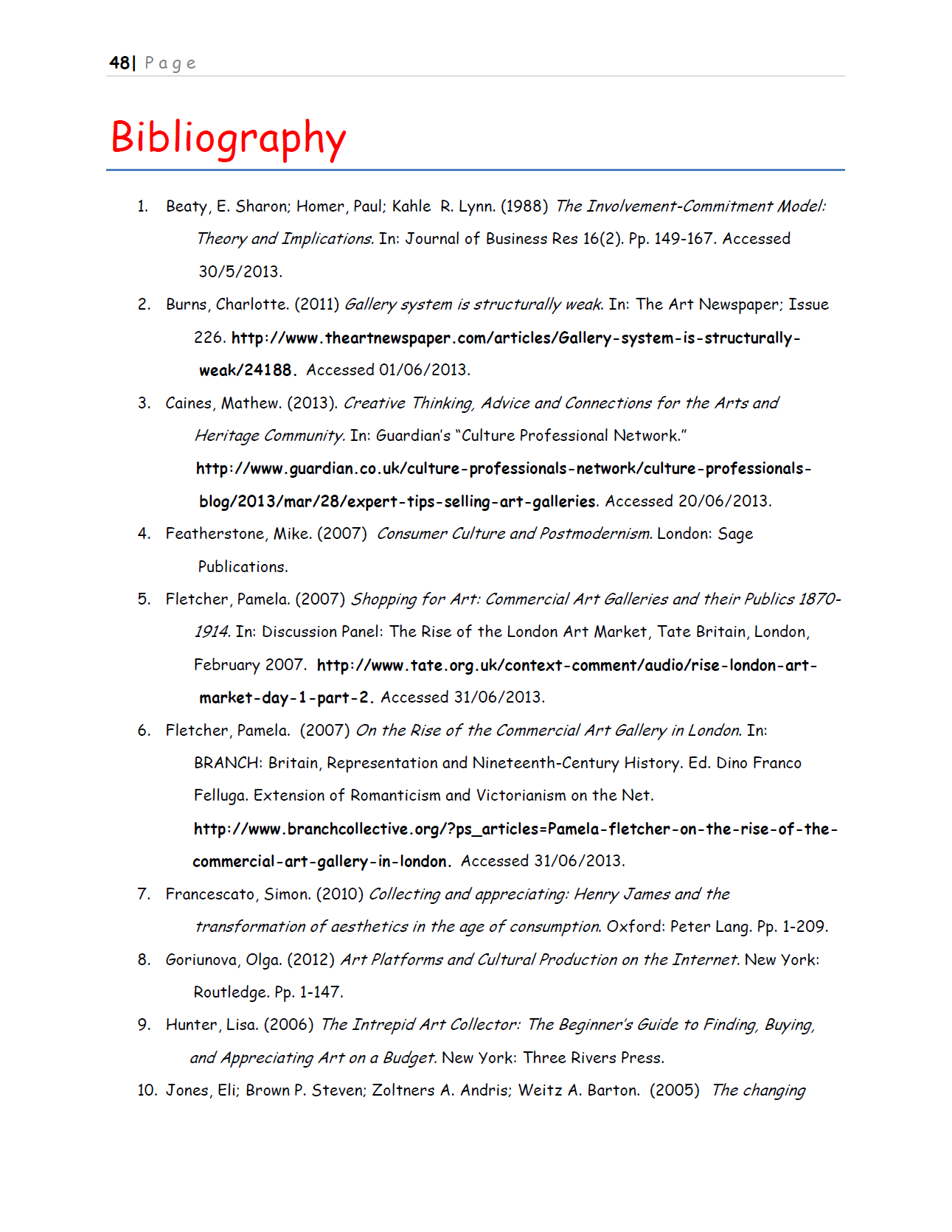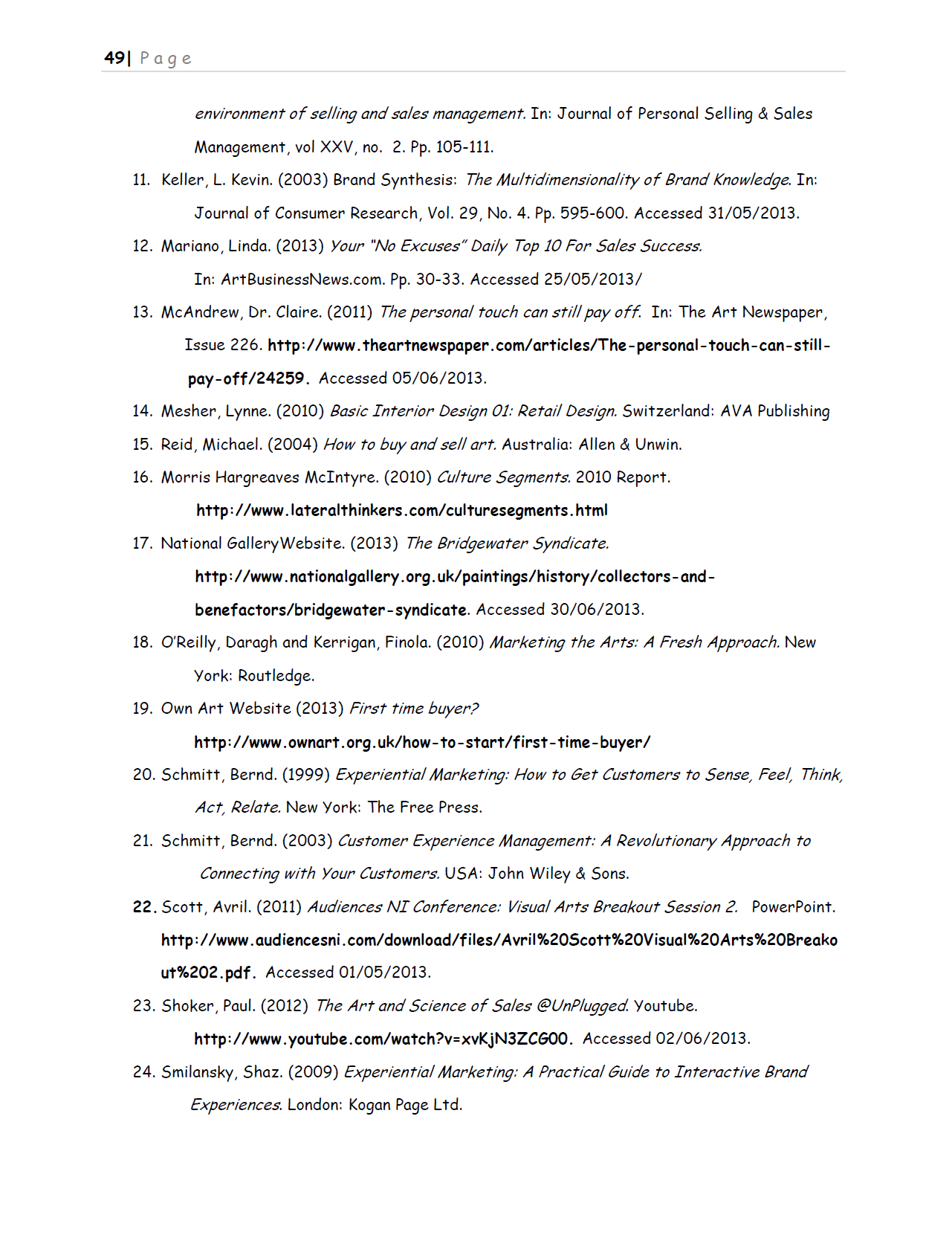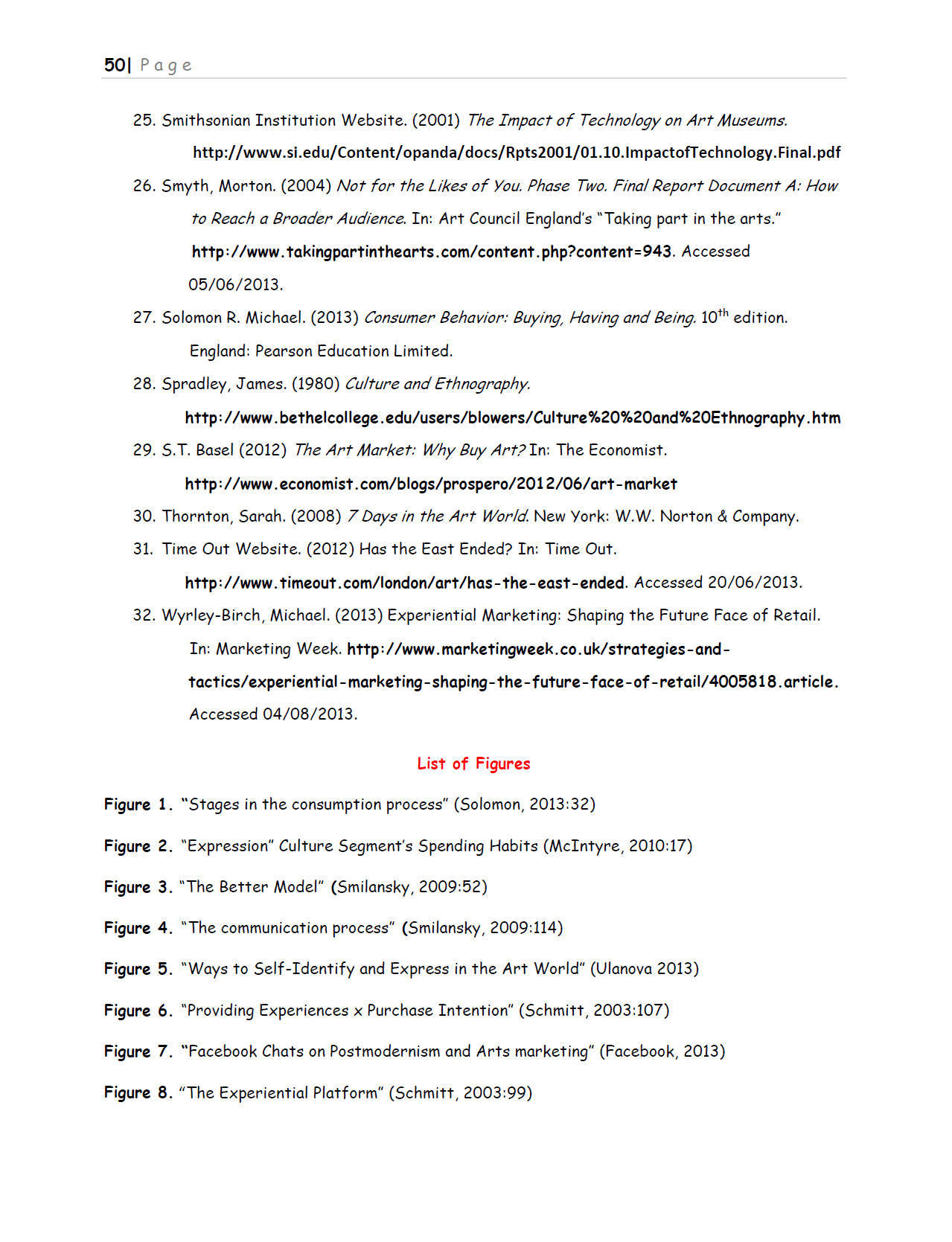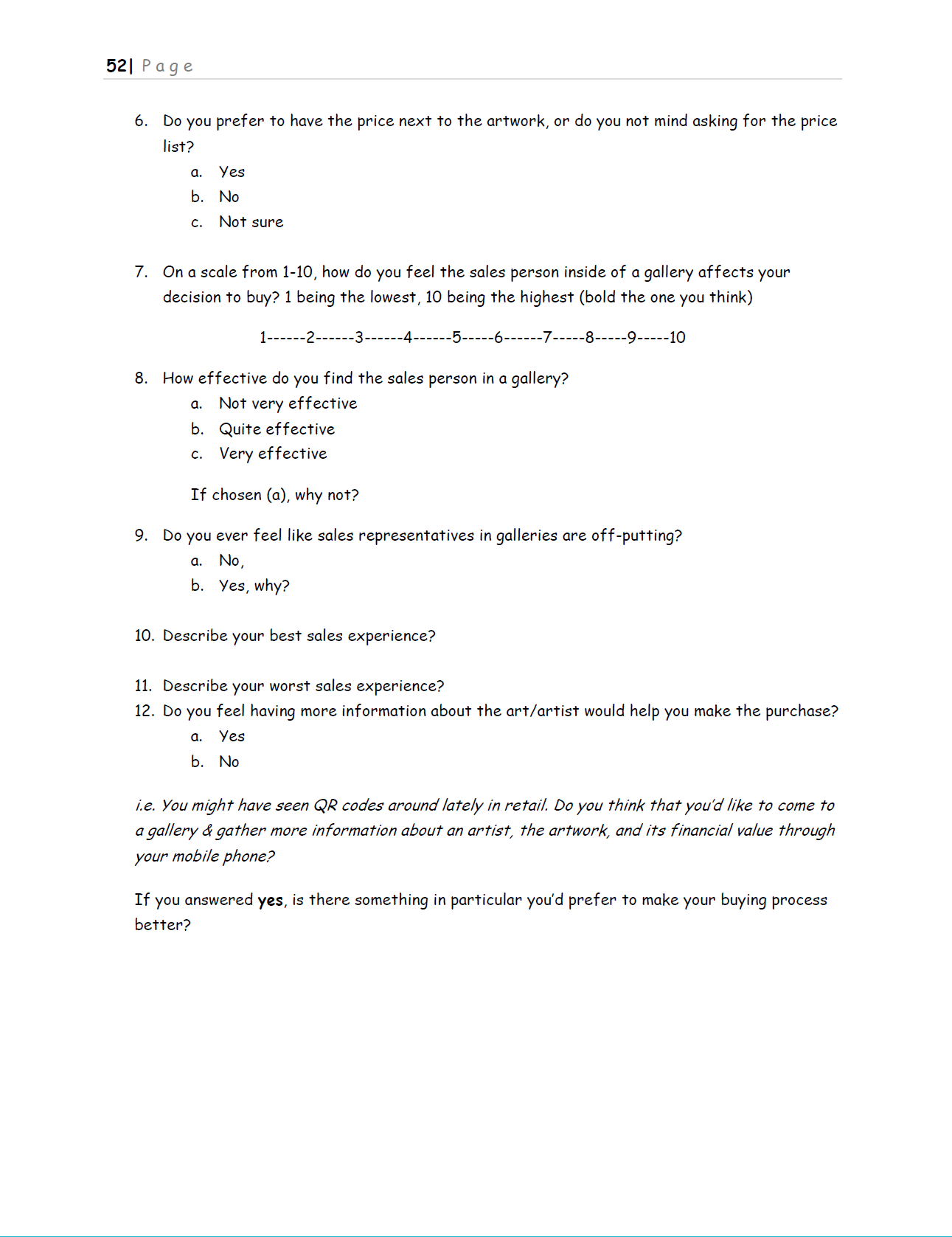Strategy #ArtUX
Contact for more information. Available for consultation to incorporate new features and programs to revive your art gallery.
Finding the Balance Between Rationality and Affect in the Experiential Market of Art Selling
What are the ways a commercial art gallery can change its overall positioning in effect with the changes in today’s consumerism in order to improve sustainability and attract first time buyers?
Abstract
The permanent commercial art gallery began in the 19th century, after a series of loan exhibitions by private collectors, primarily the royal. They were were created for the fashionable and wealthy segment of society, exquisitely decorated to symbolize luxury and affluence. Throughout the years, the democratization of the art market spread across consumers of all backgrounds, becoming an international and diverse platform for symbolic and economic exchange. At the late 20th and beginning of 21st century, art became accessible to the general public as an entity of pop culture, and everyday life.
Today, the commercial art gallery as a retail storefront is in decline due to changes in the market. This dissertation addresses the changes in consumerism, consumer's buying habits and first-time buyer psychology, in order to suggest different marketing techniques to broaden audiences and improve sustainability within the commercial art gallery system.
Contact for final analysis and consultation
